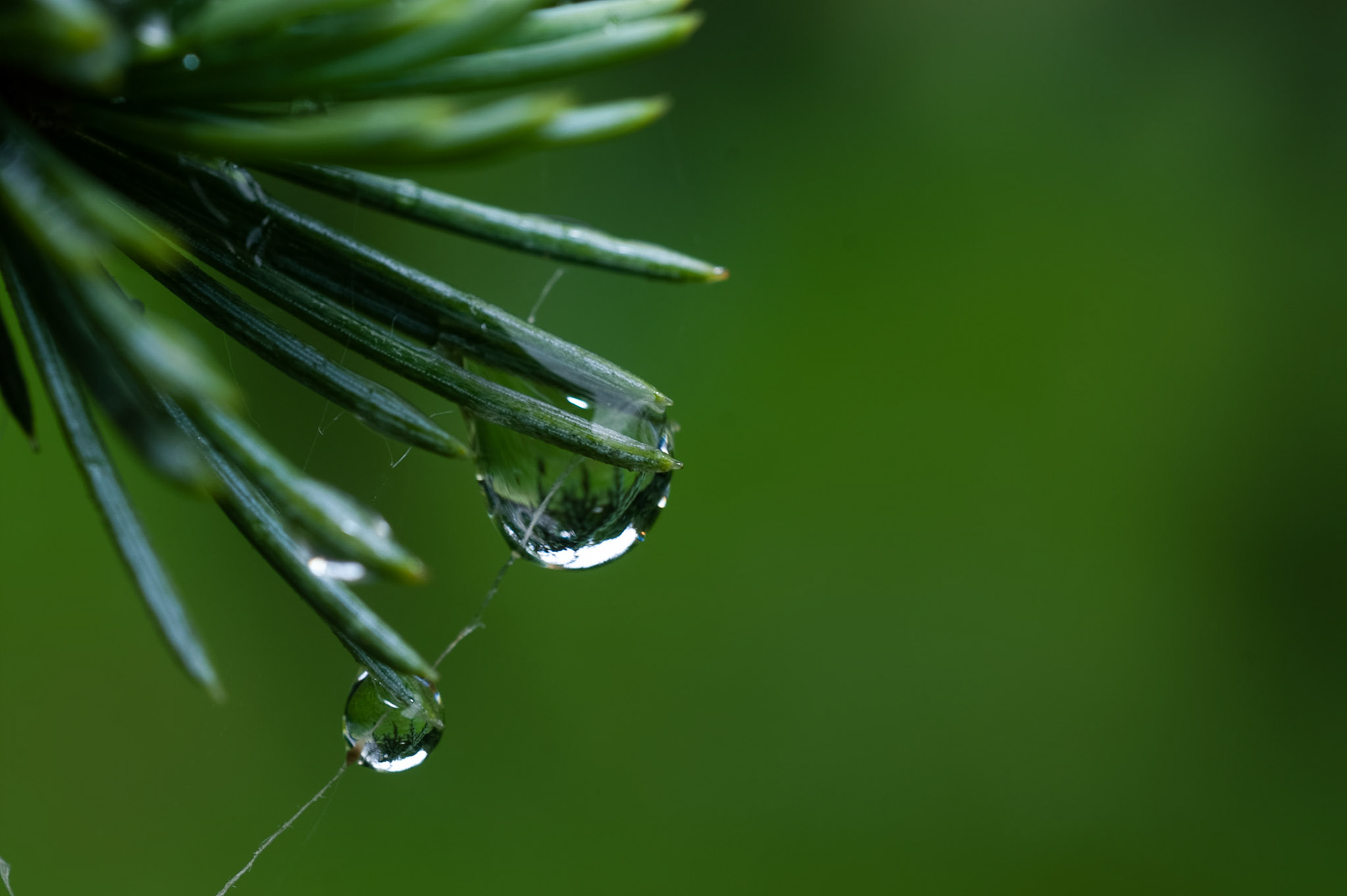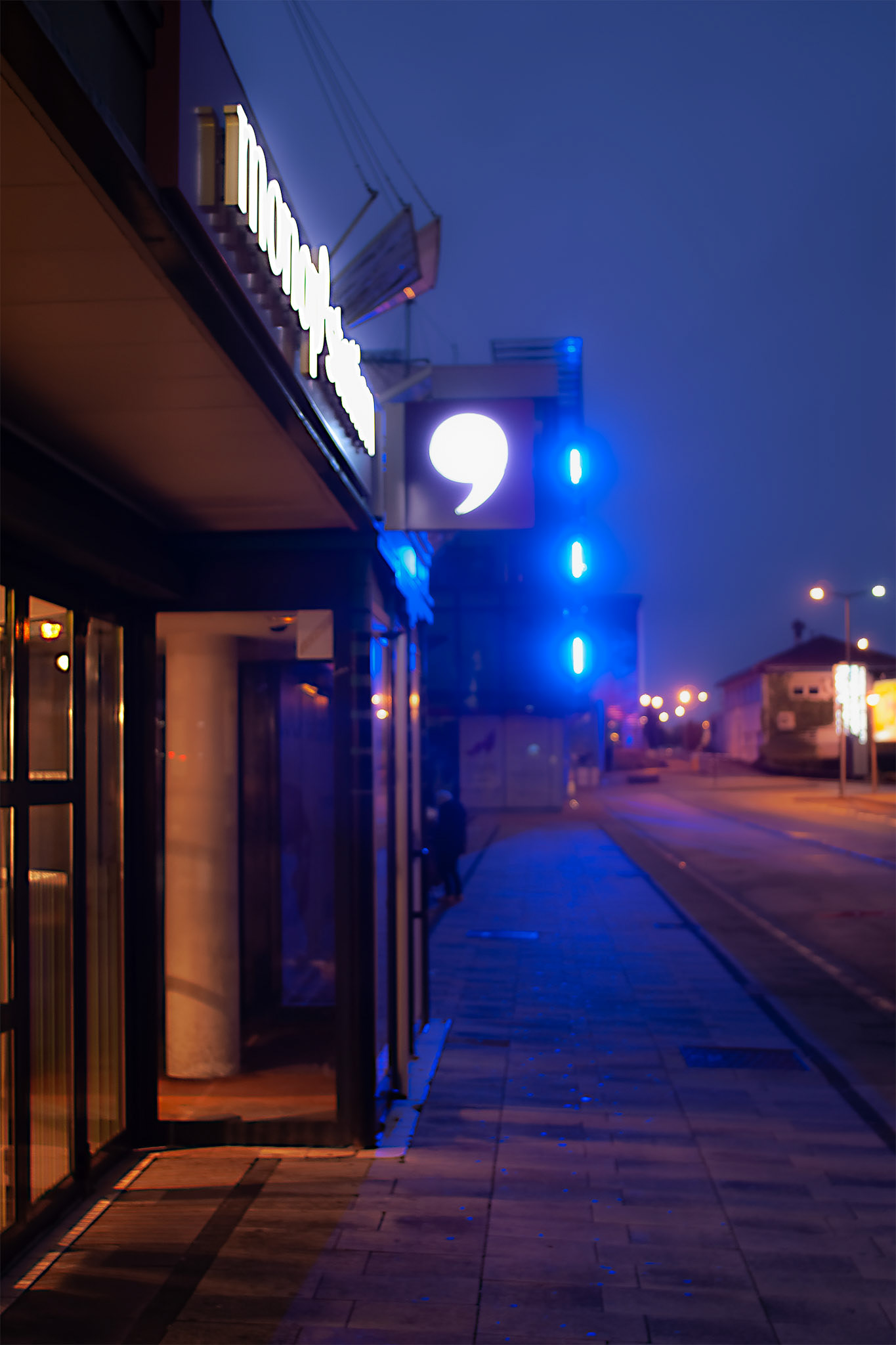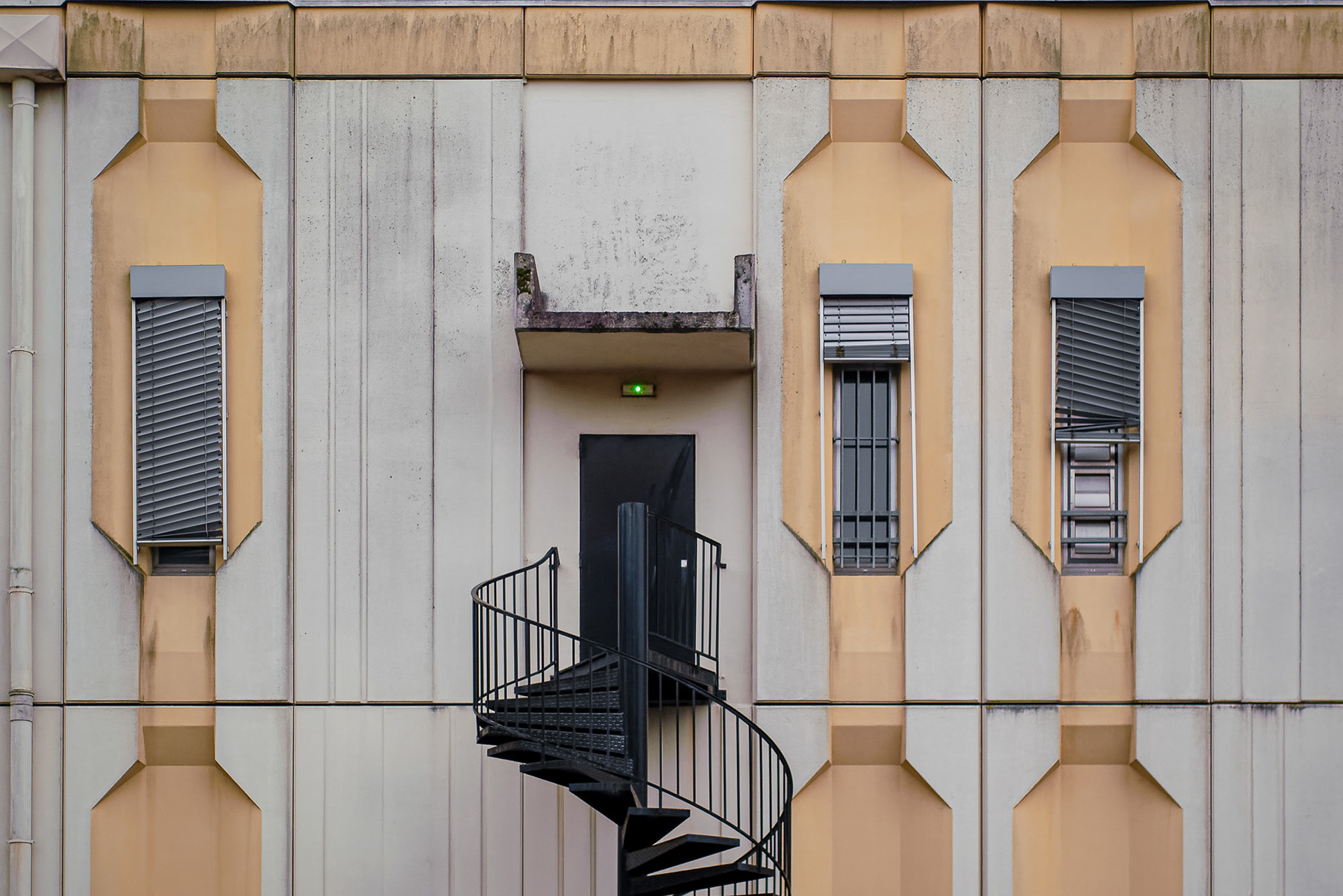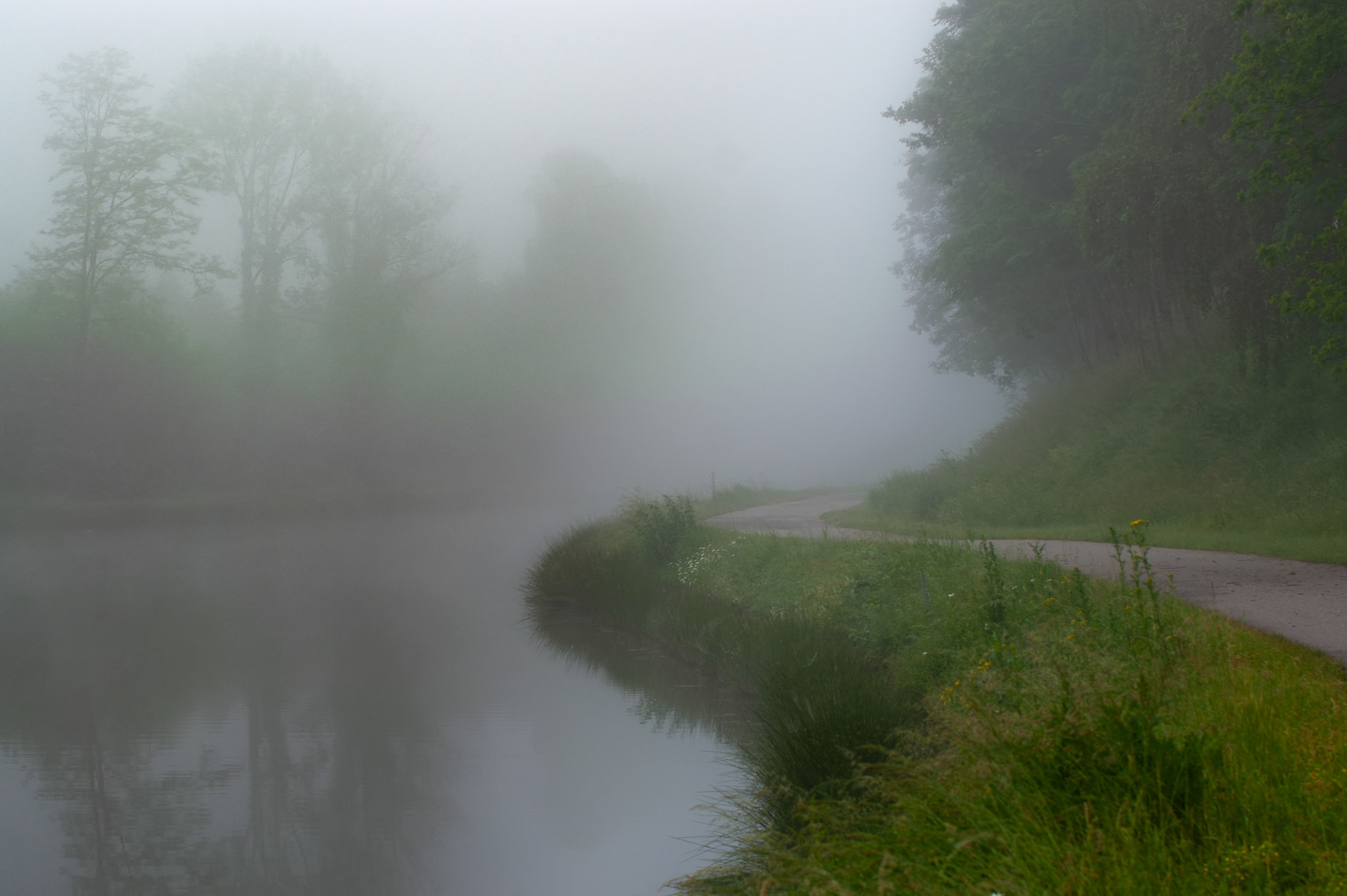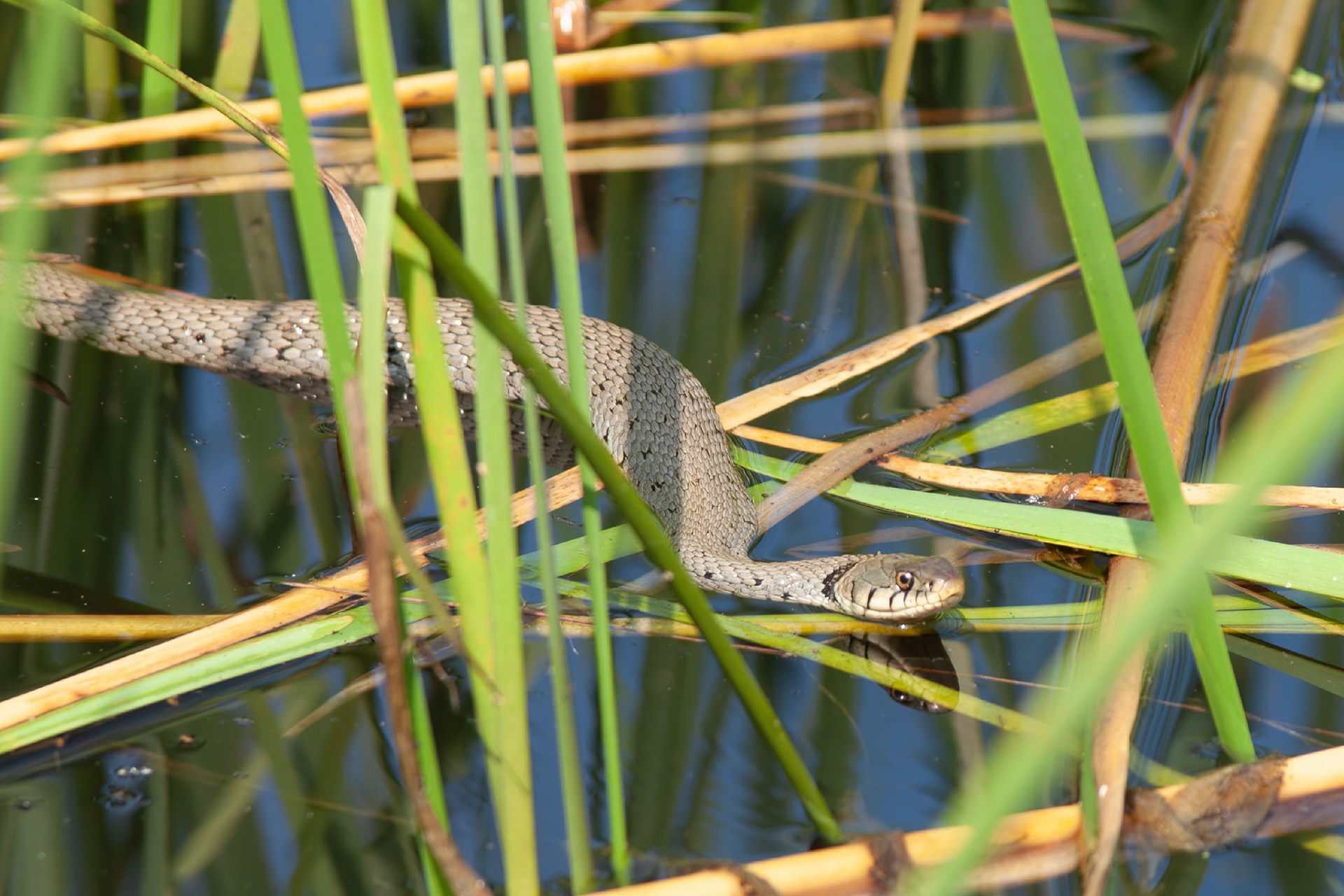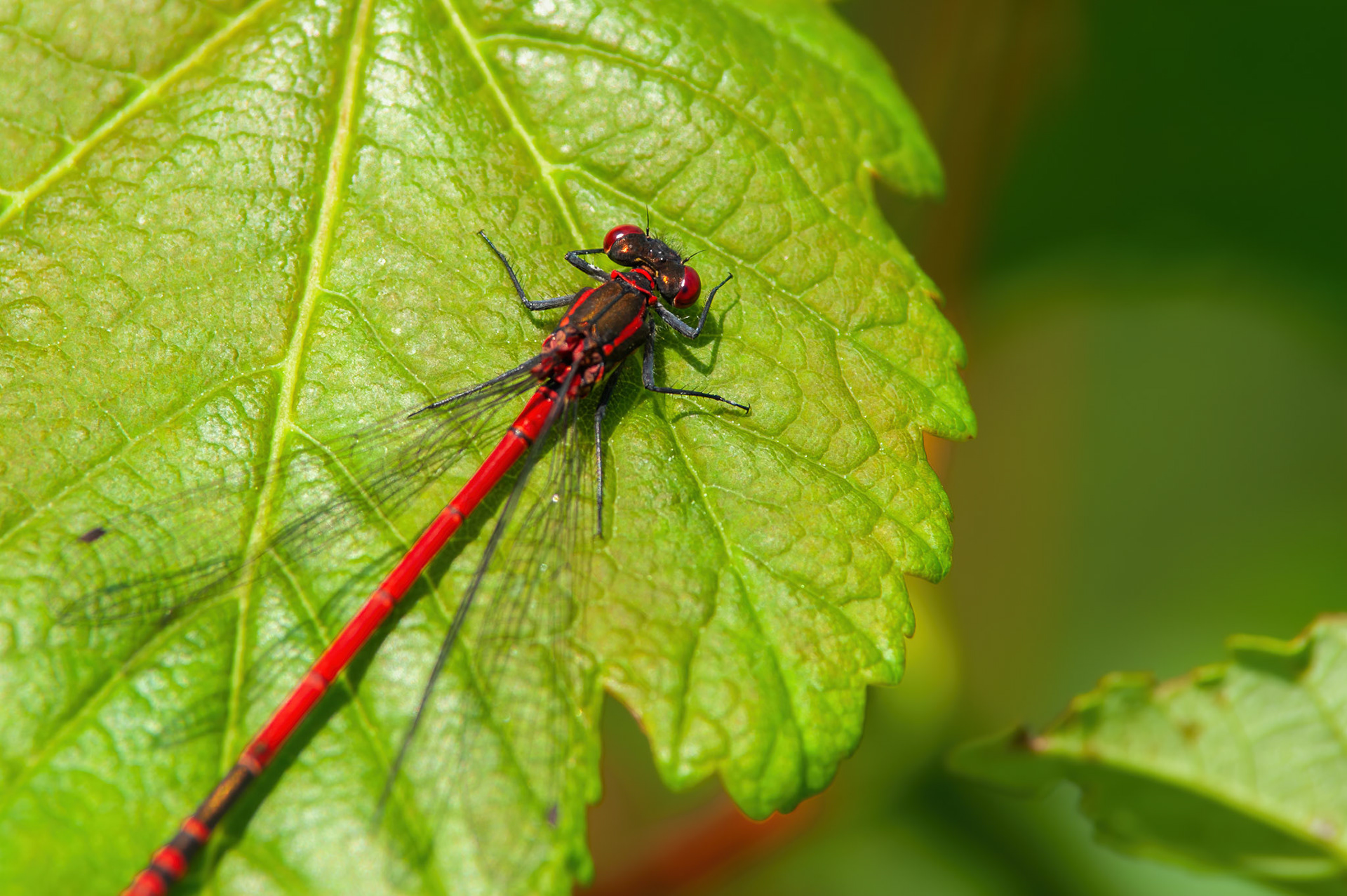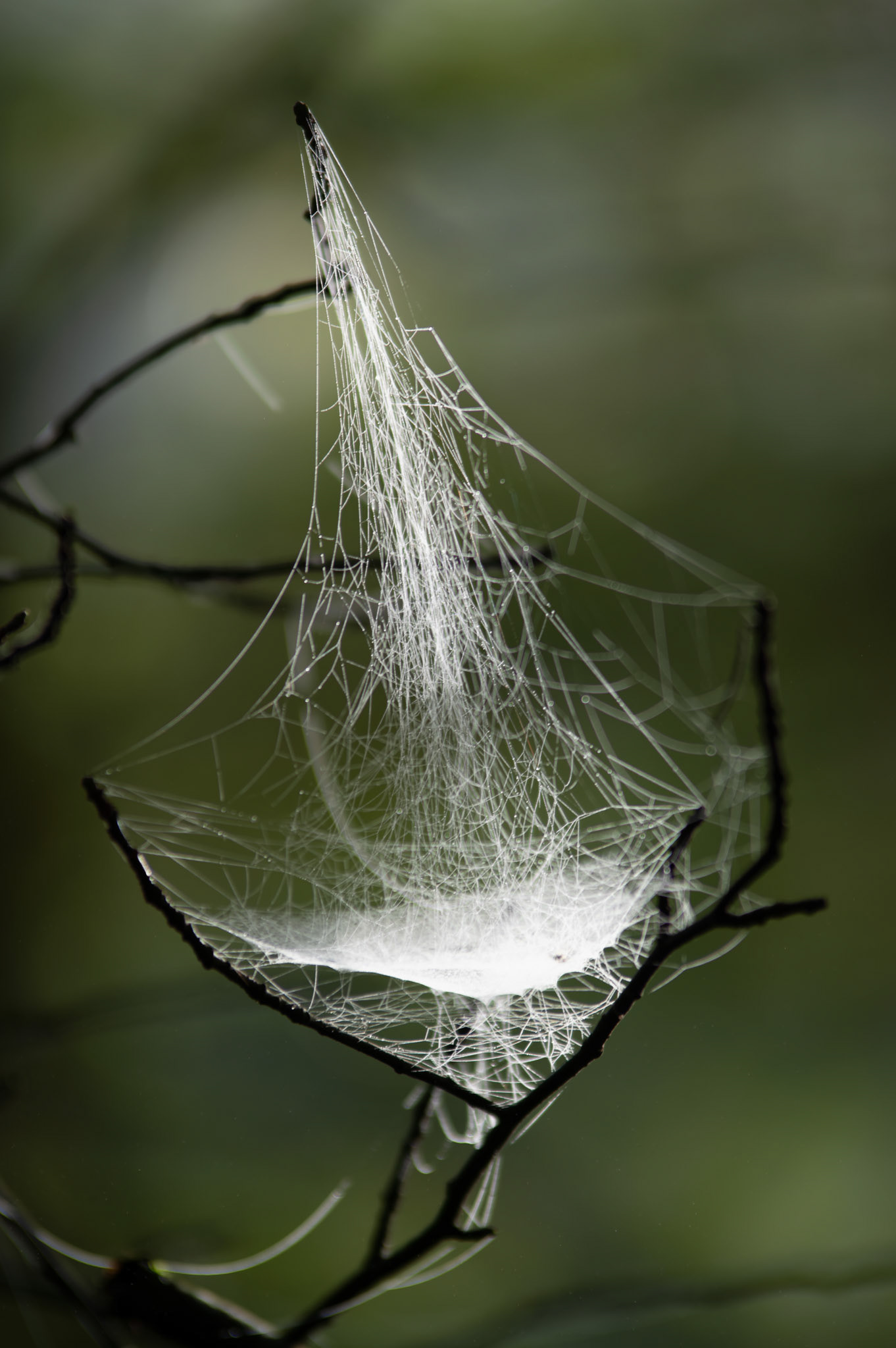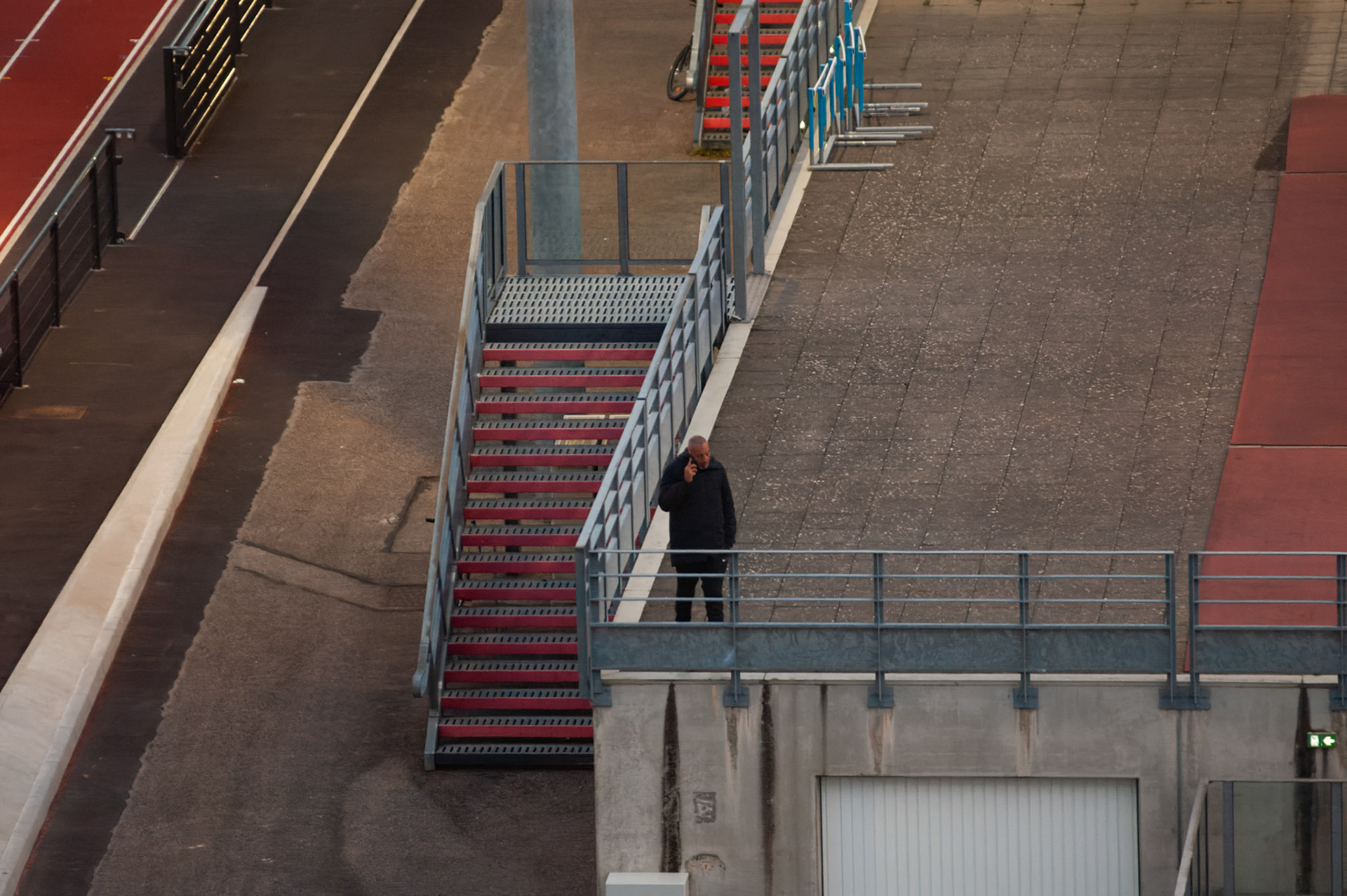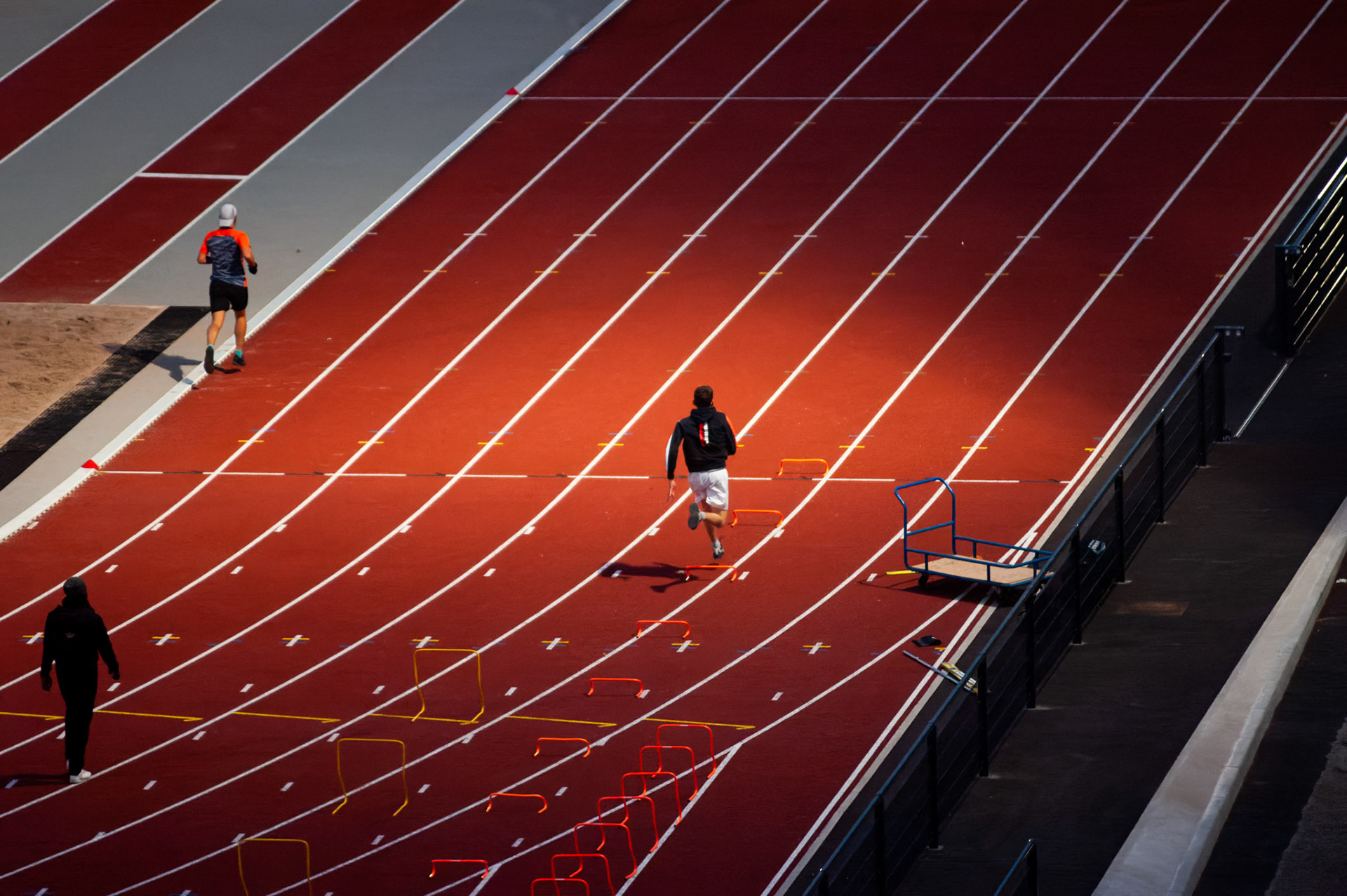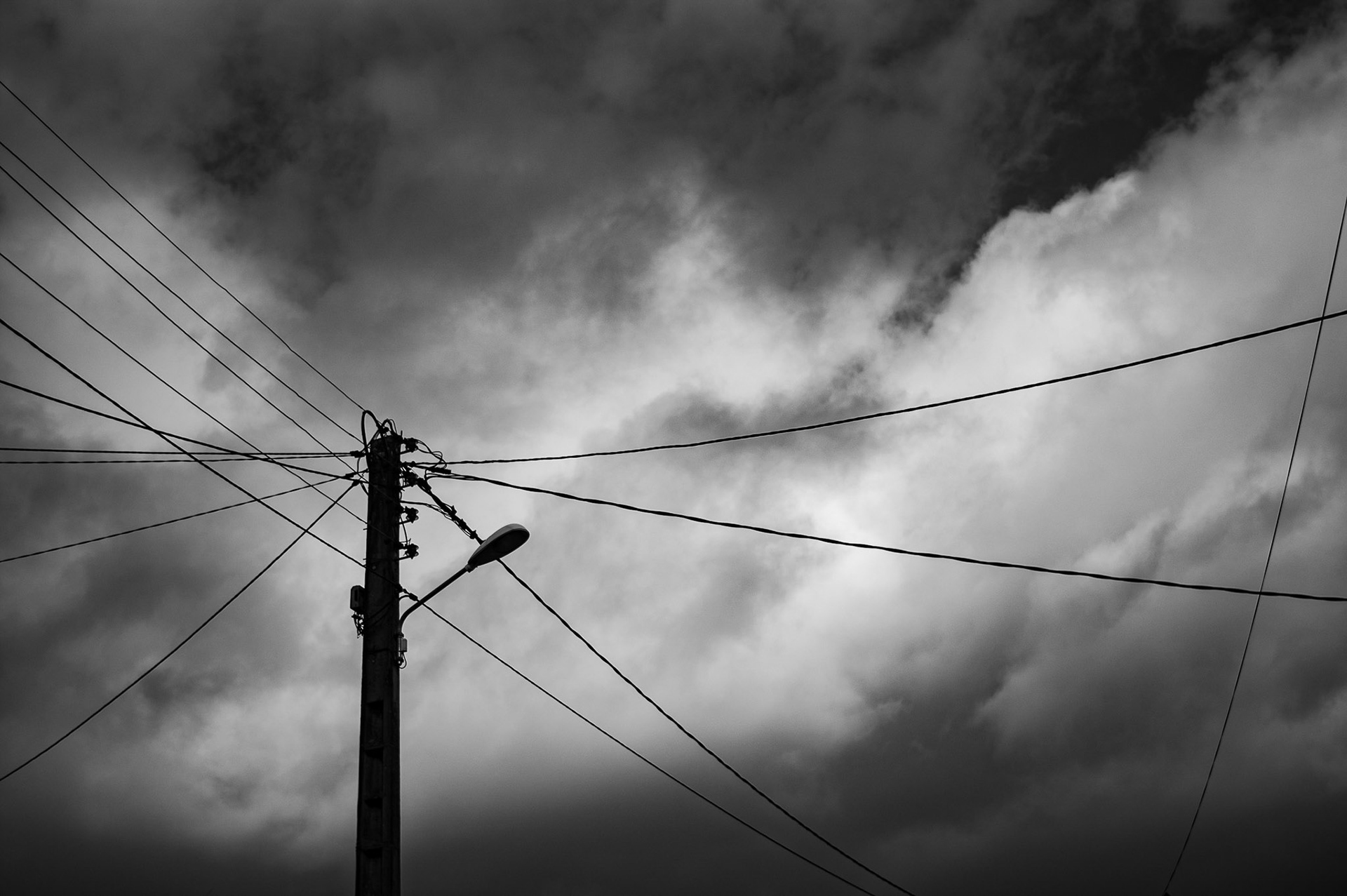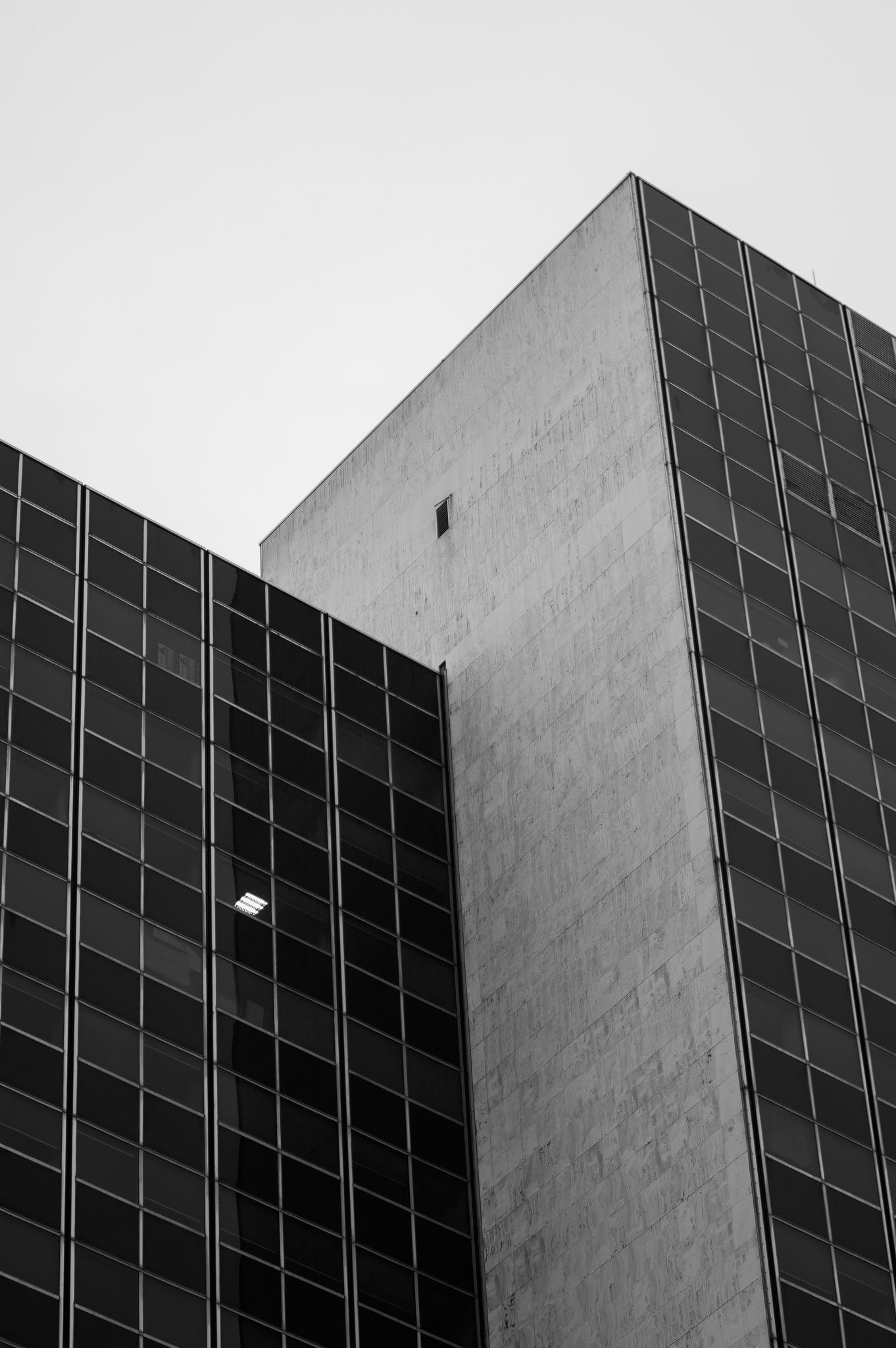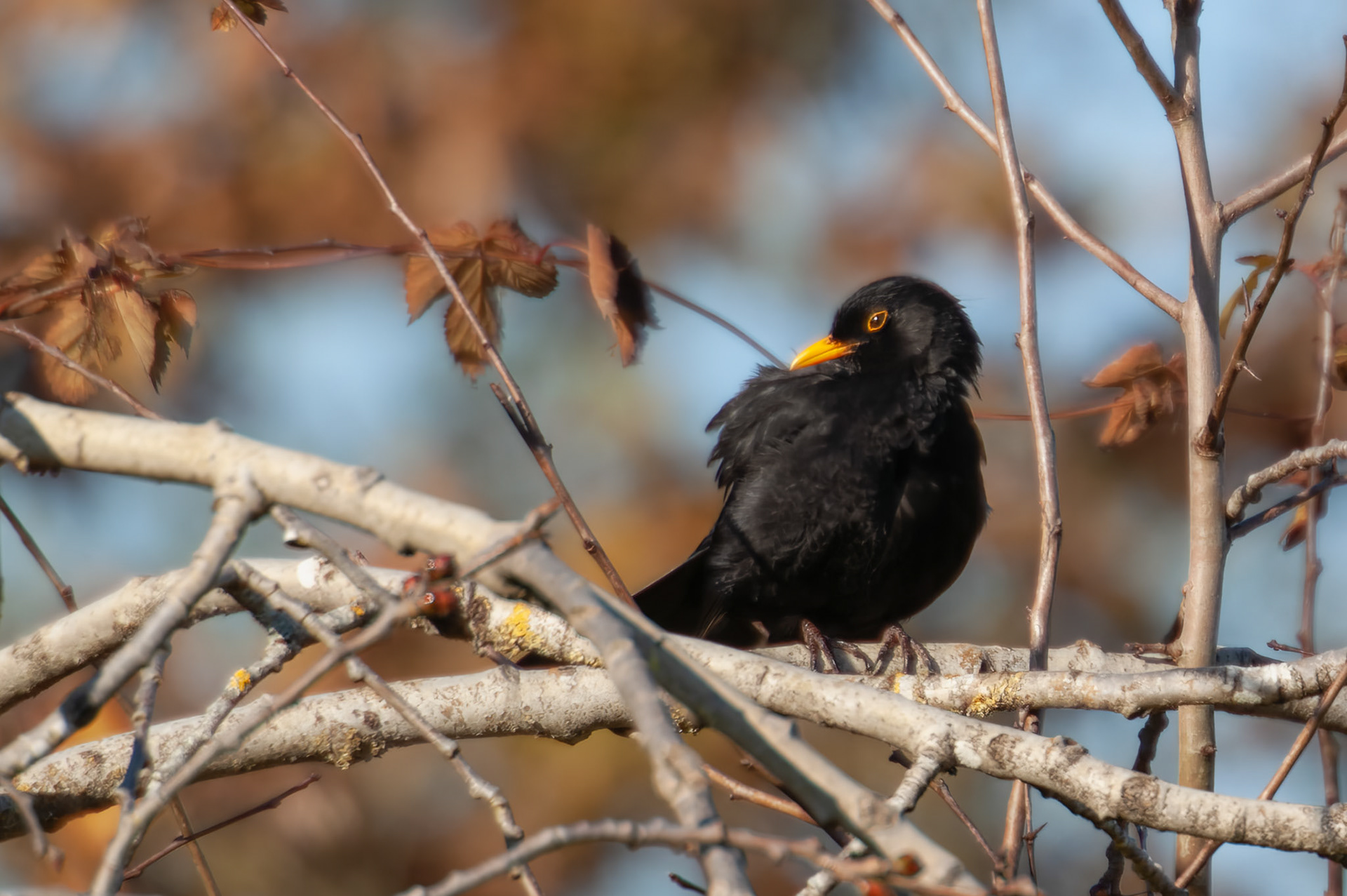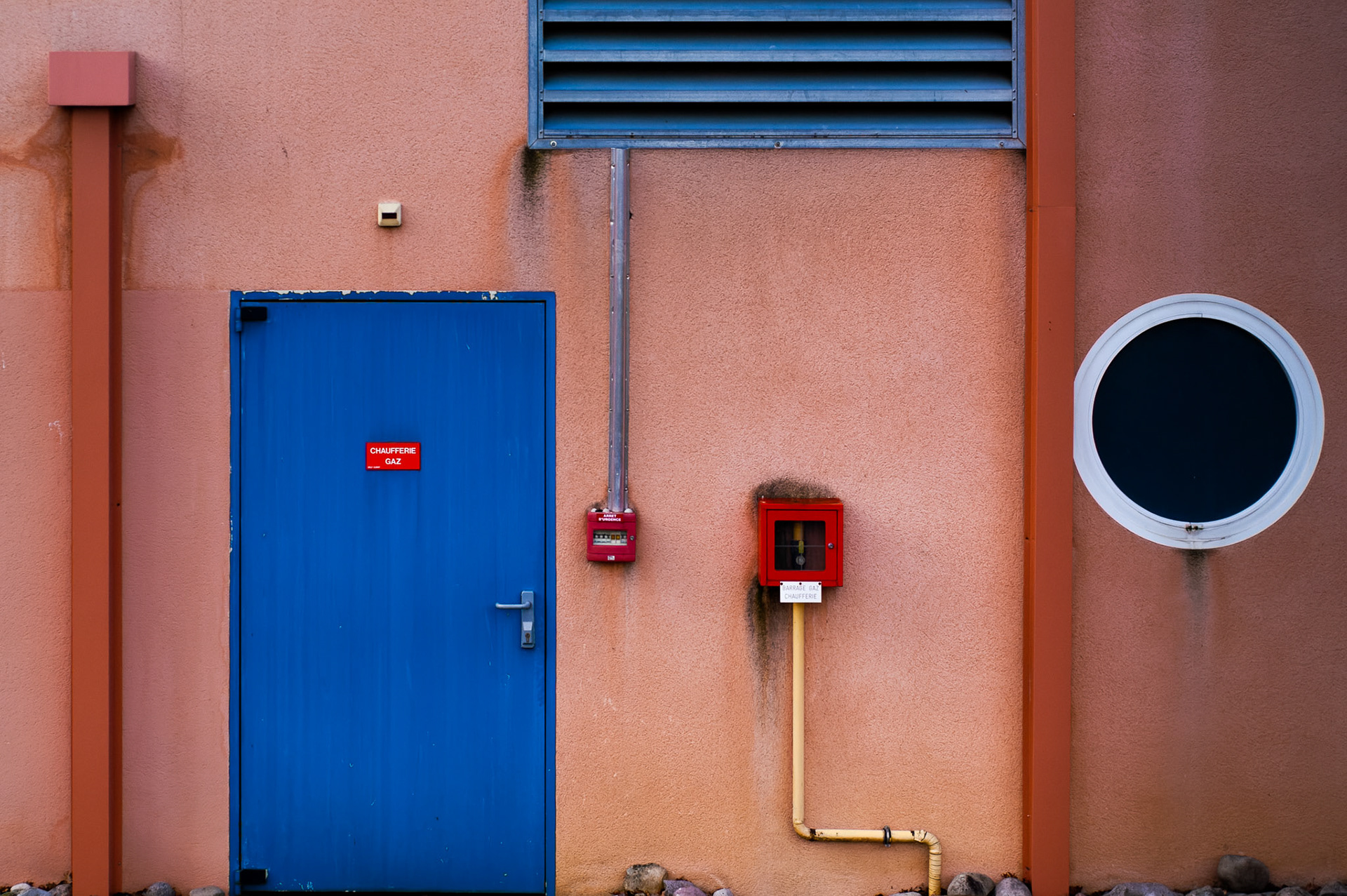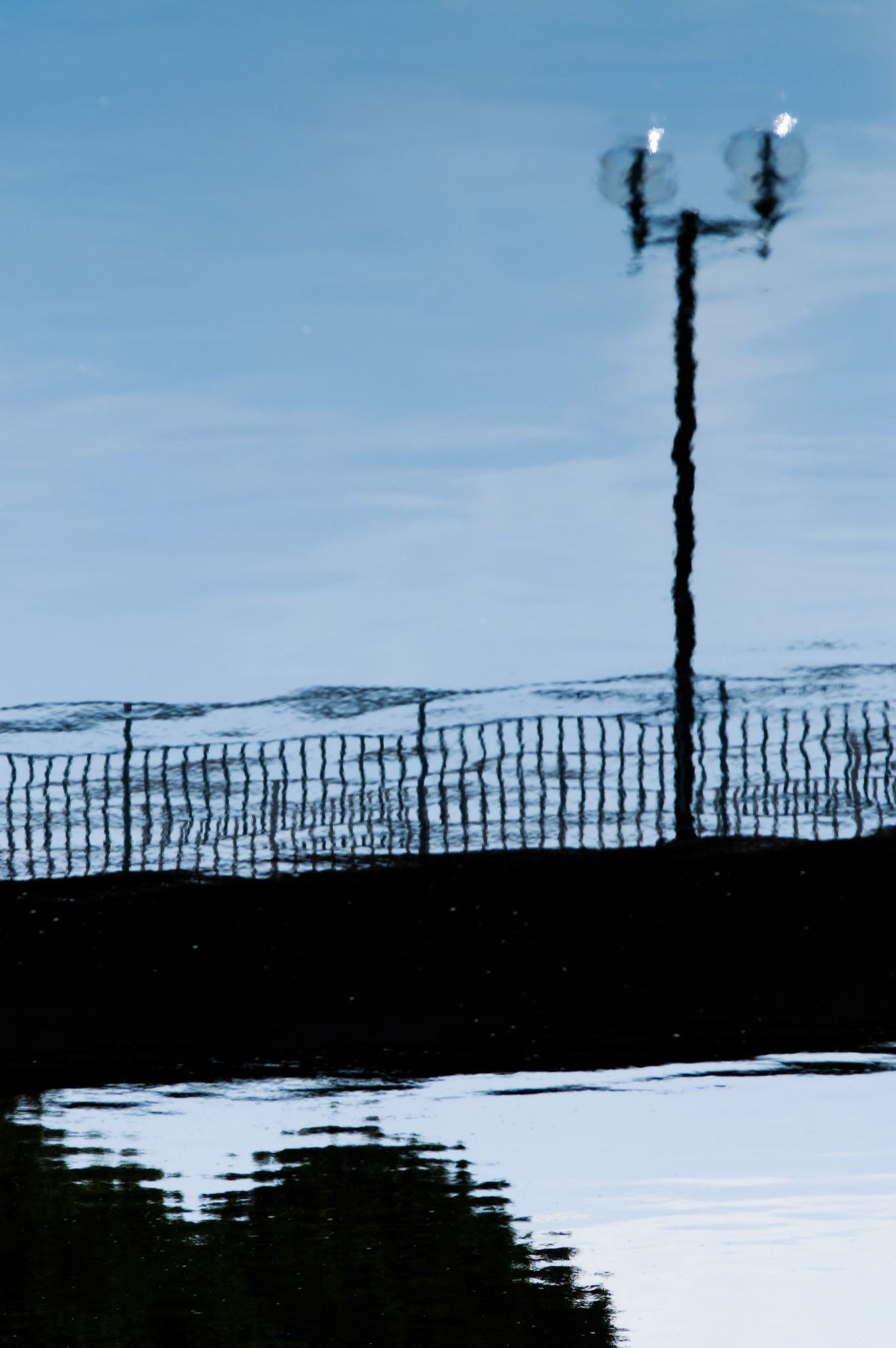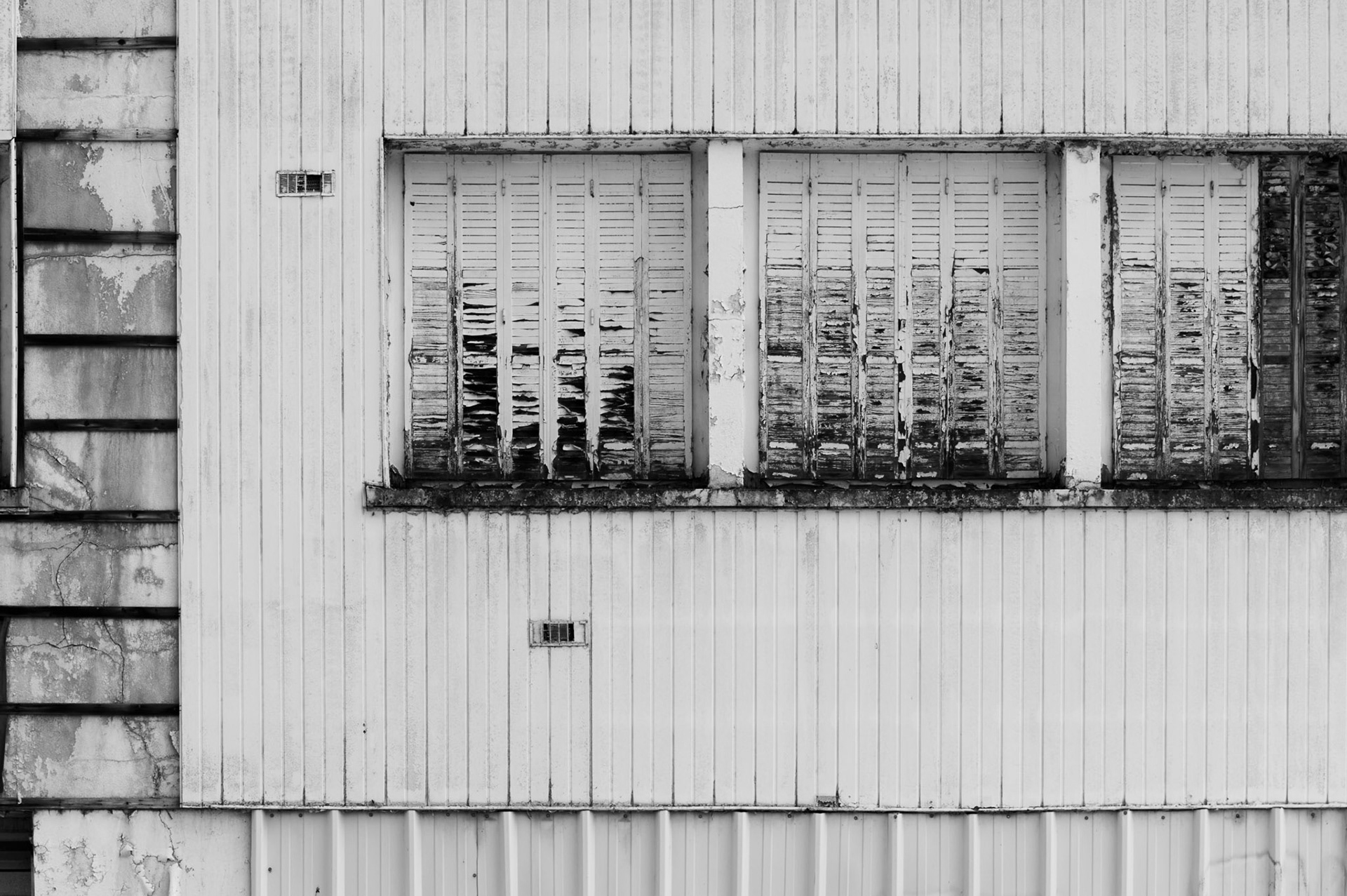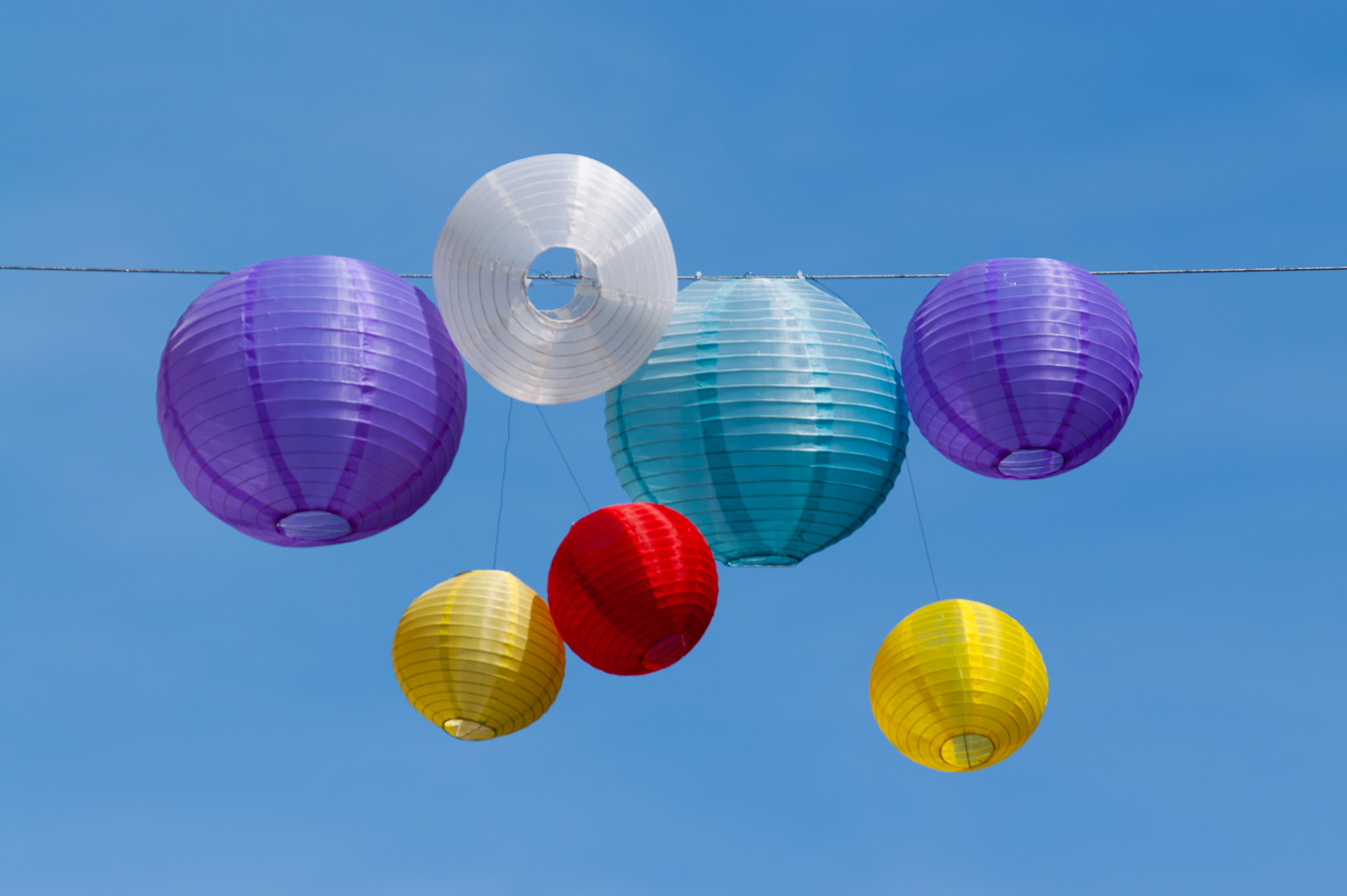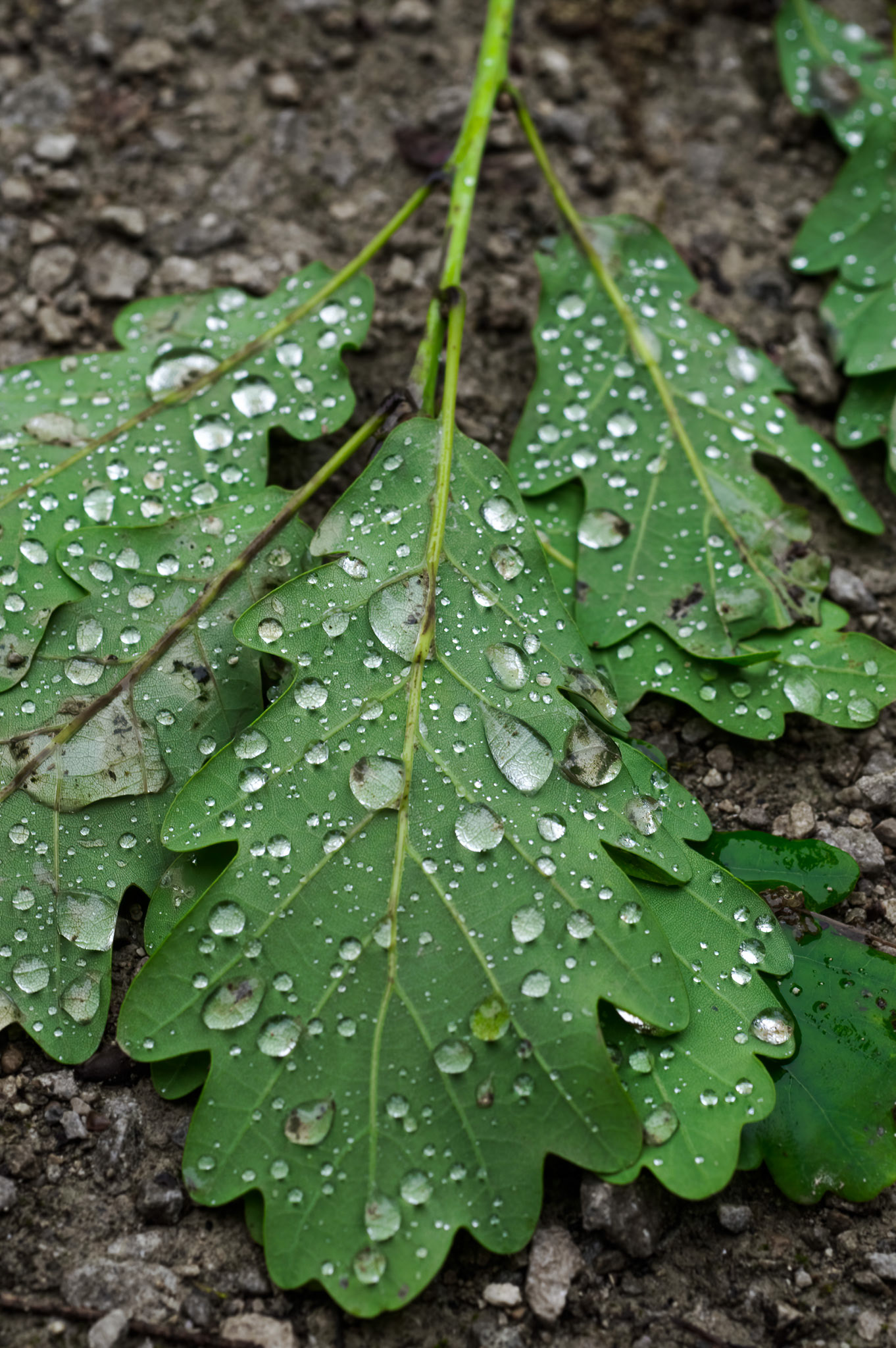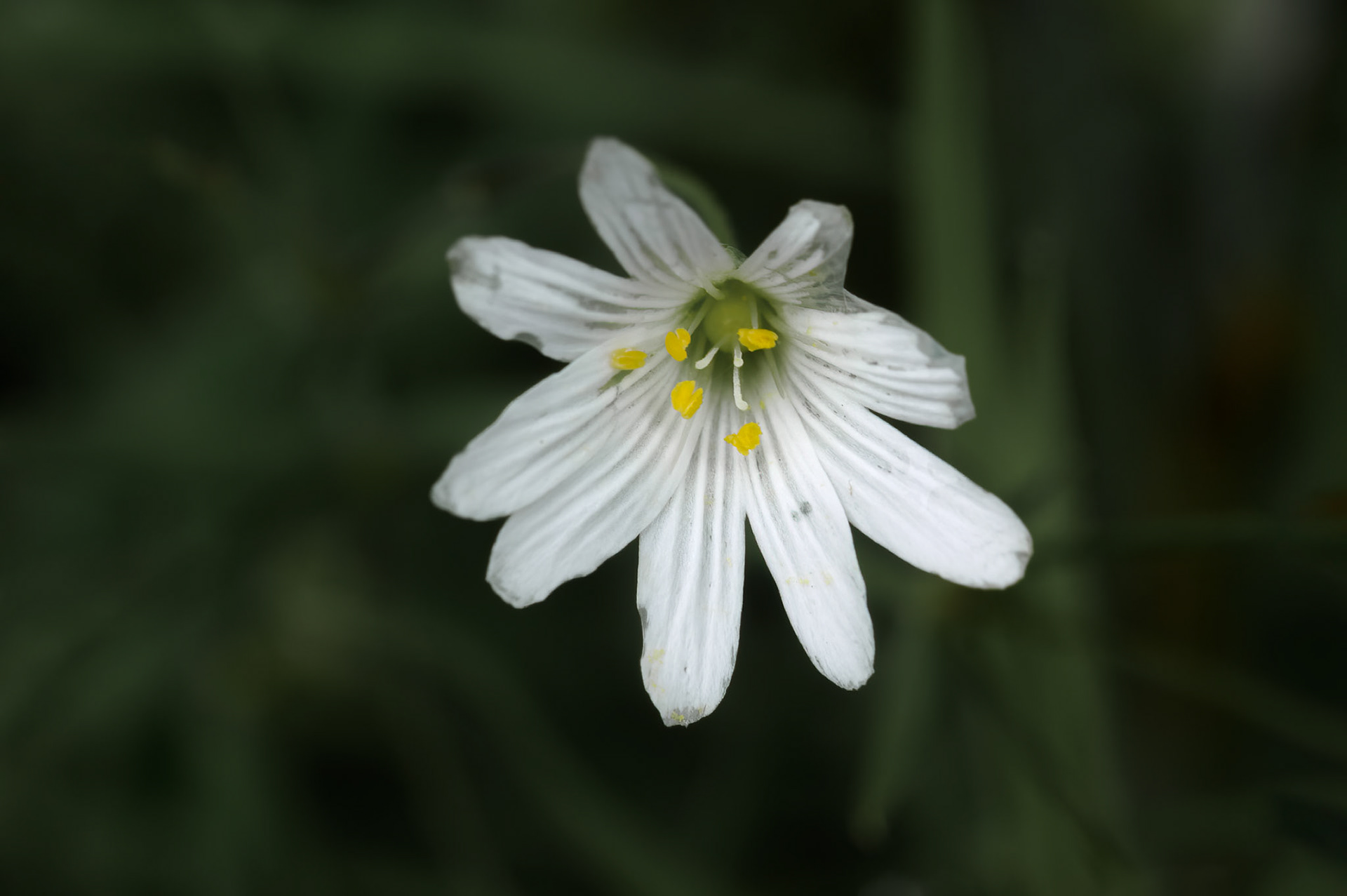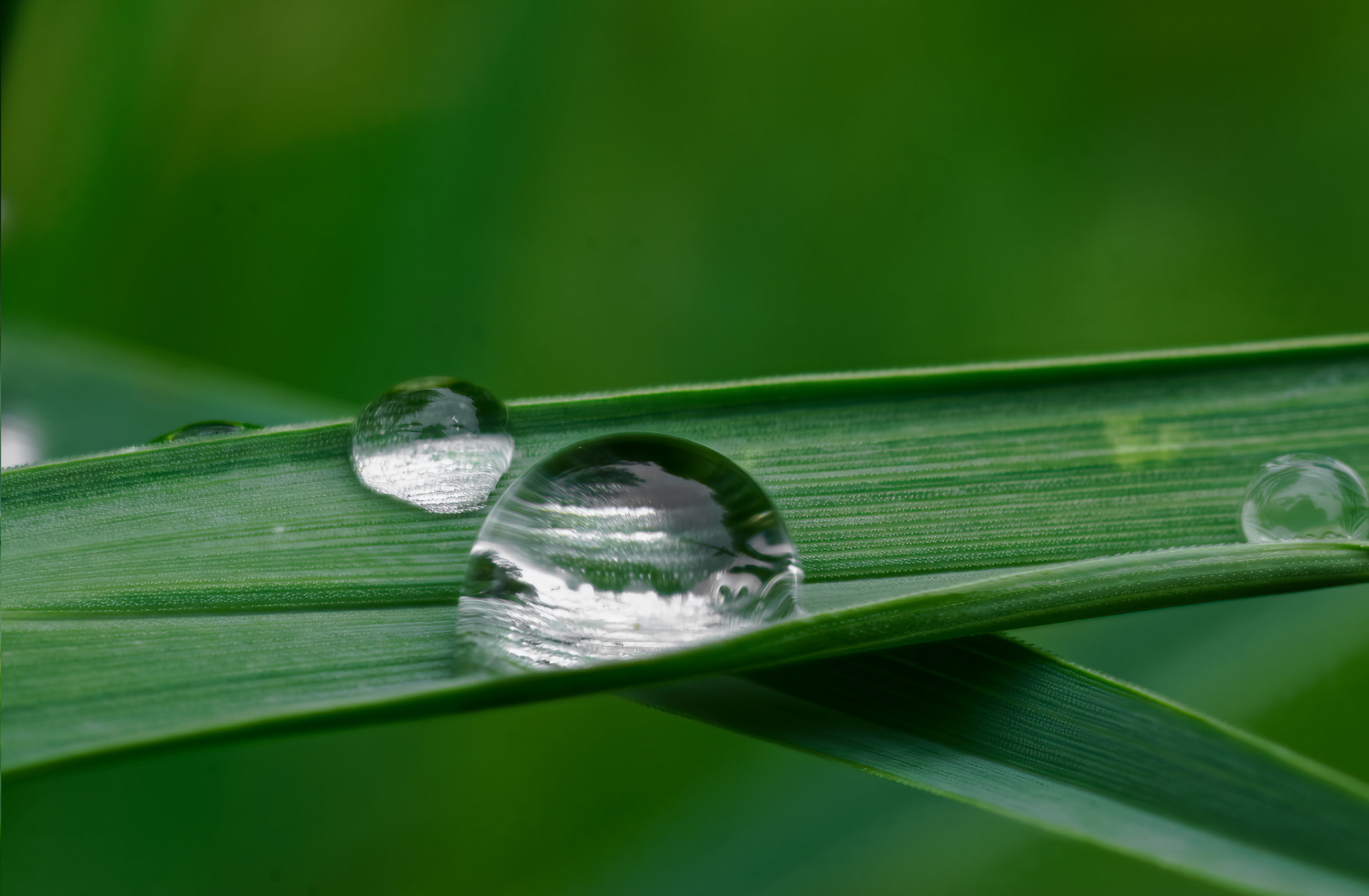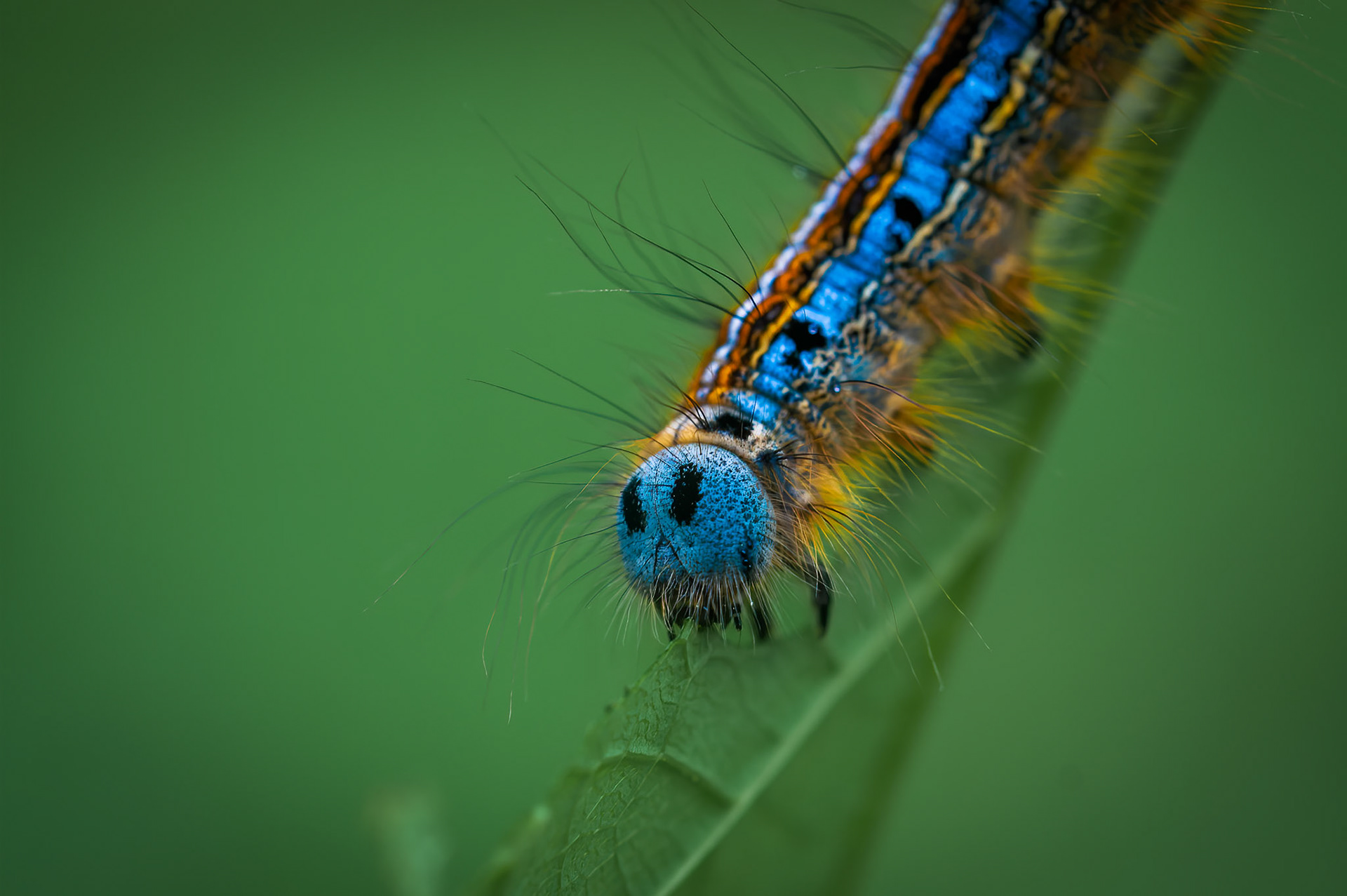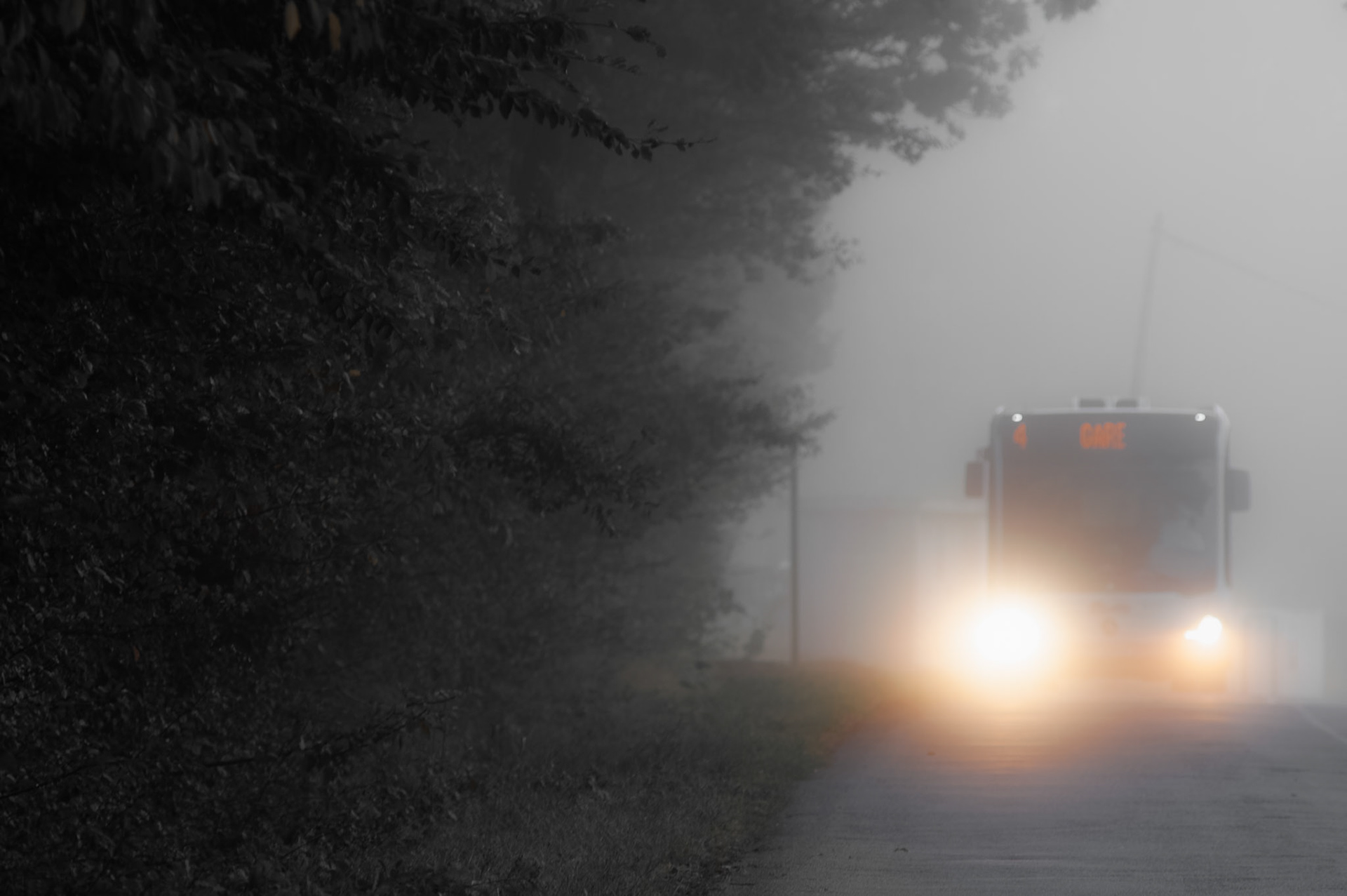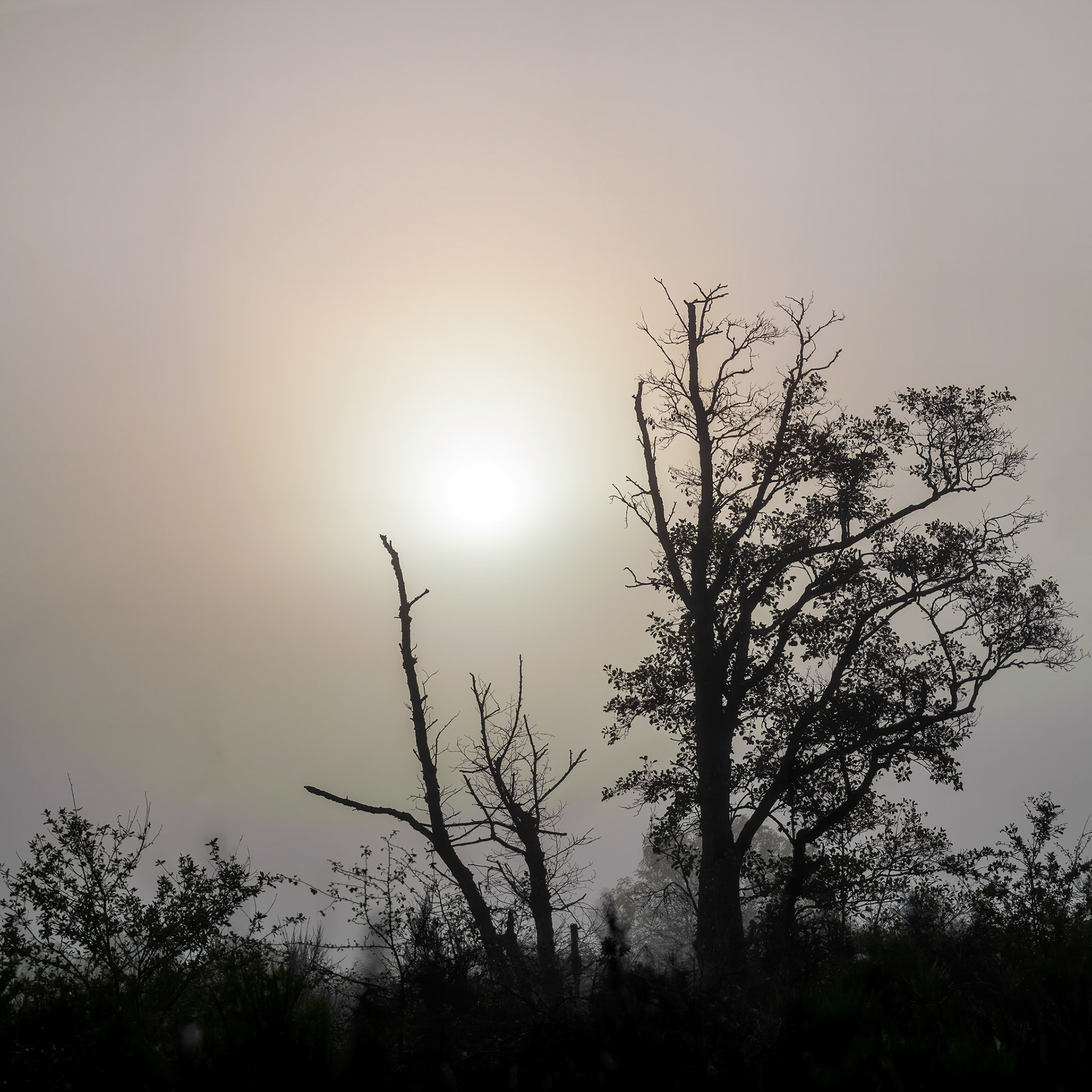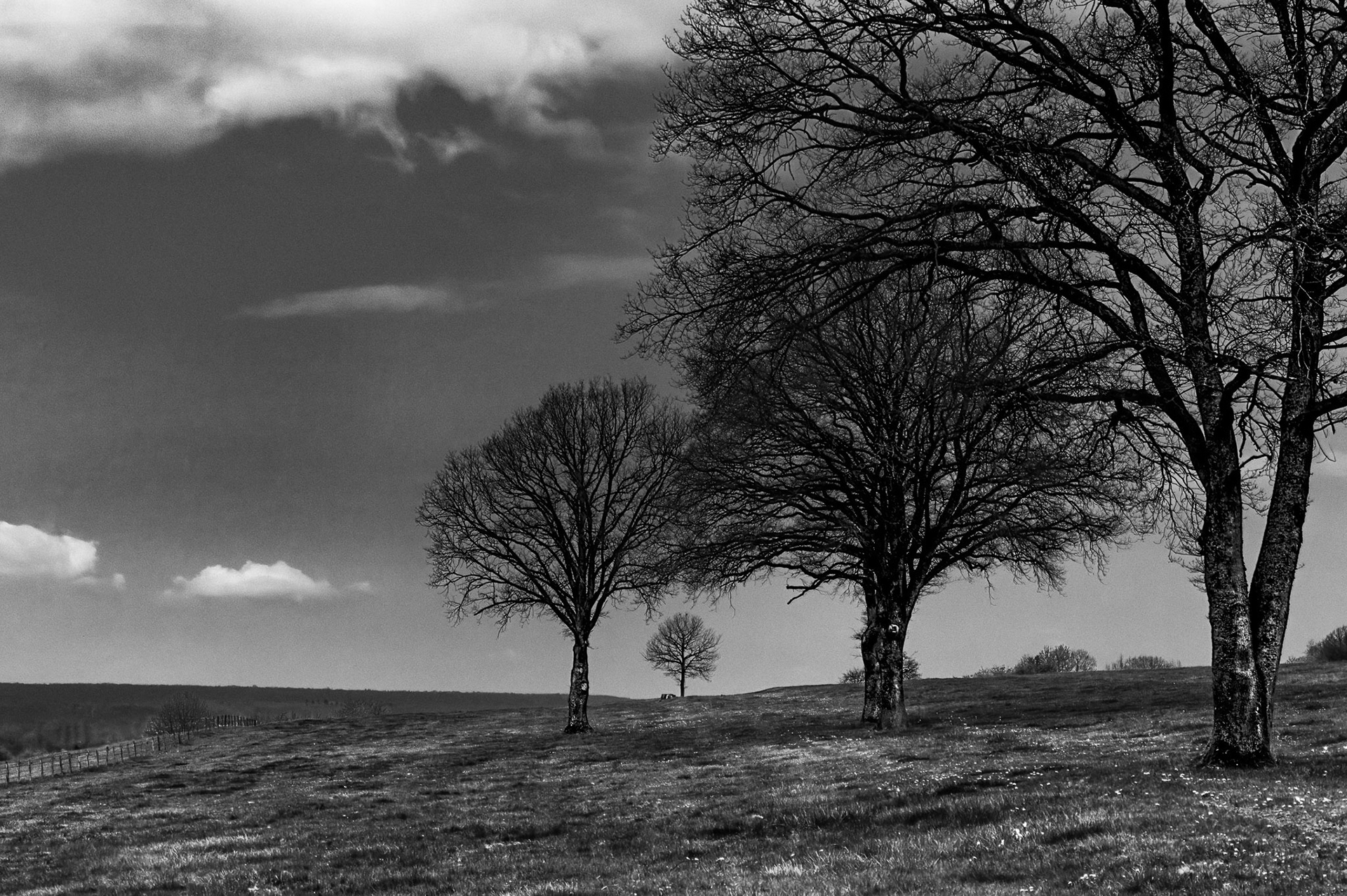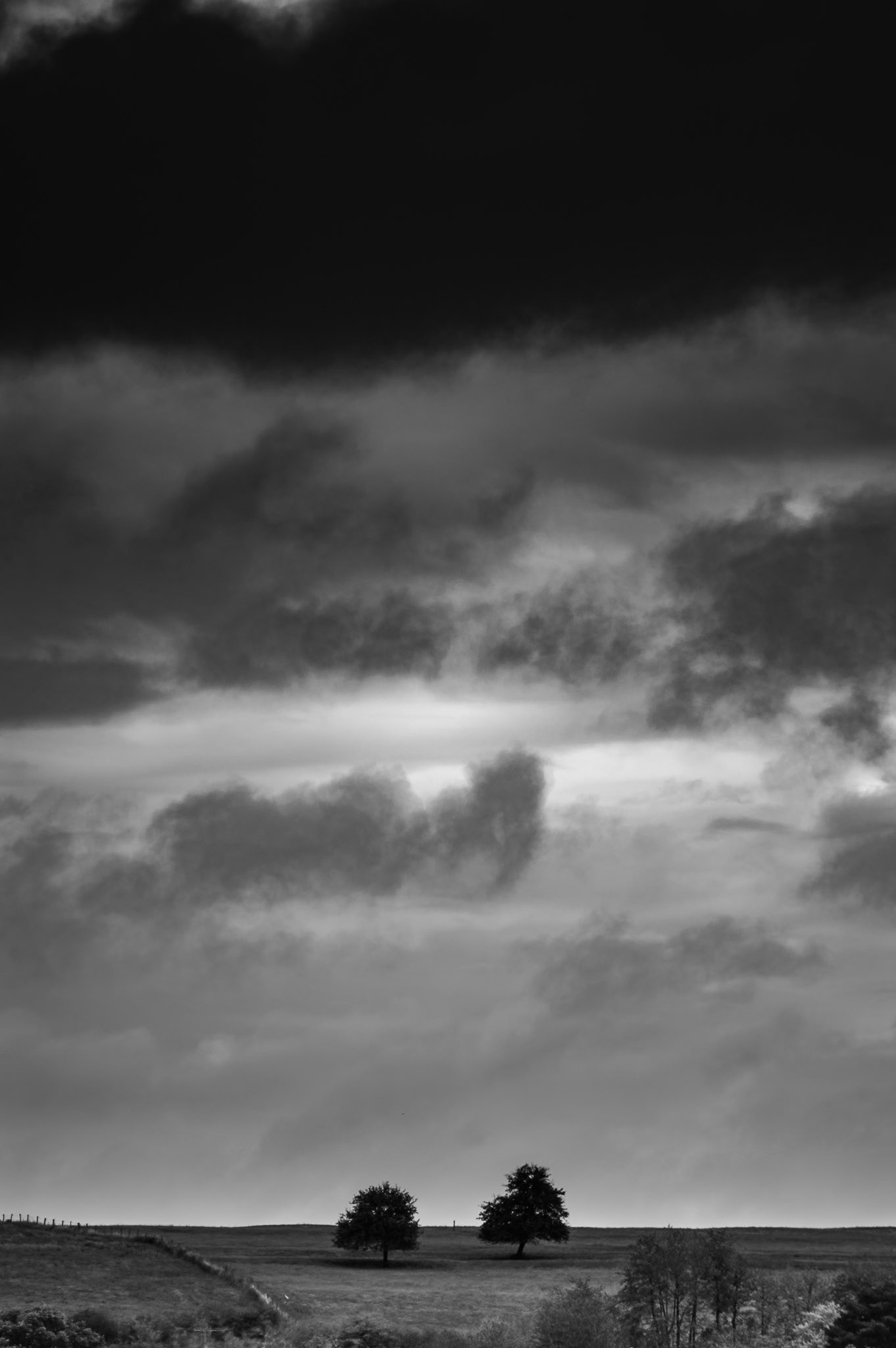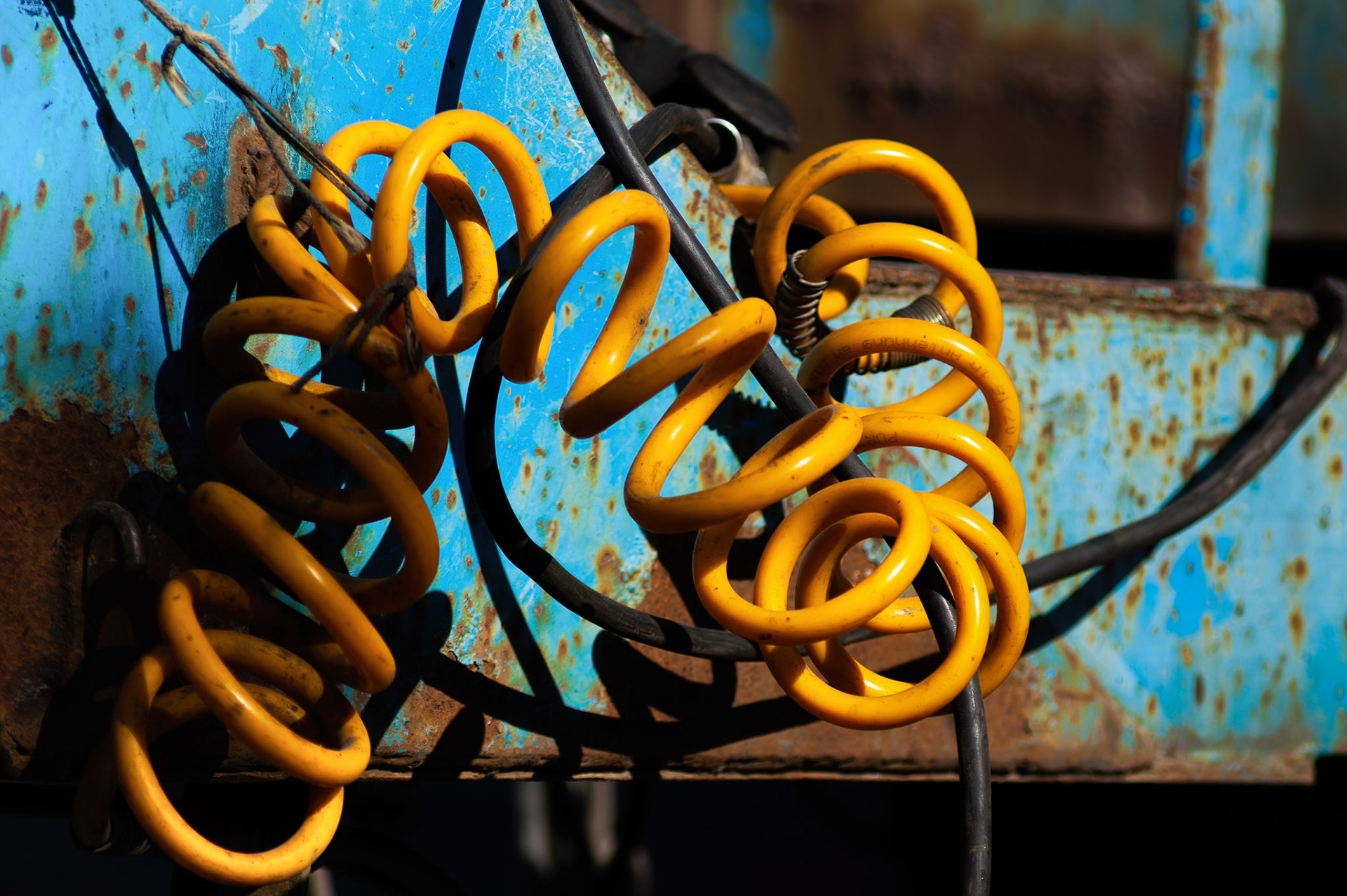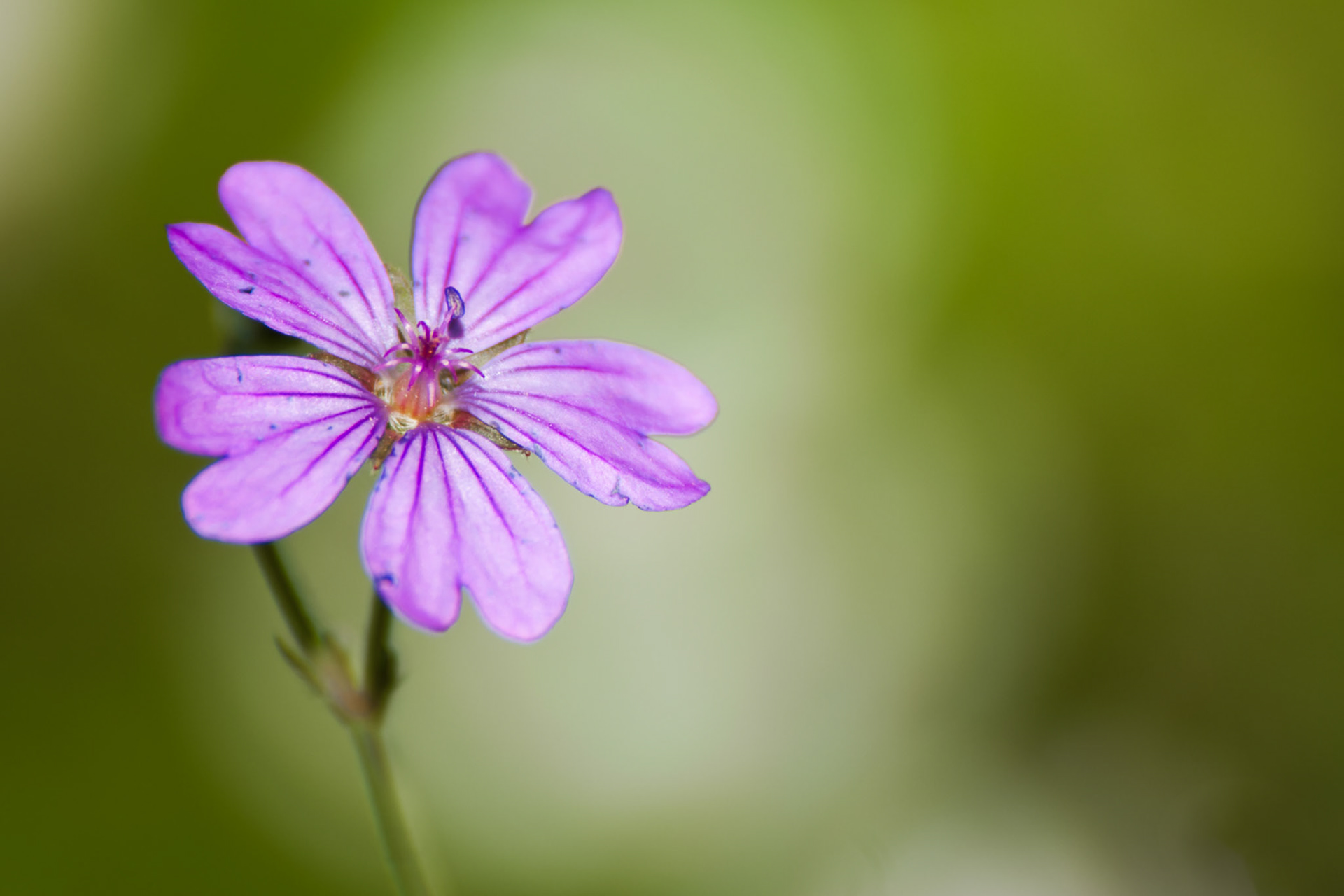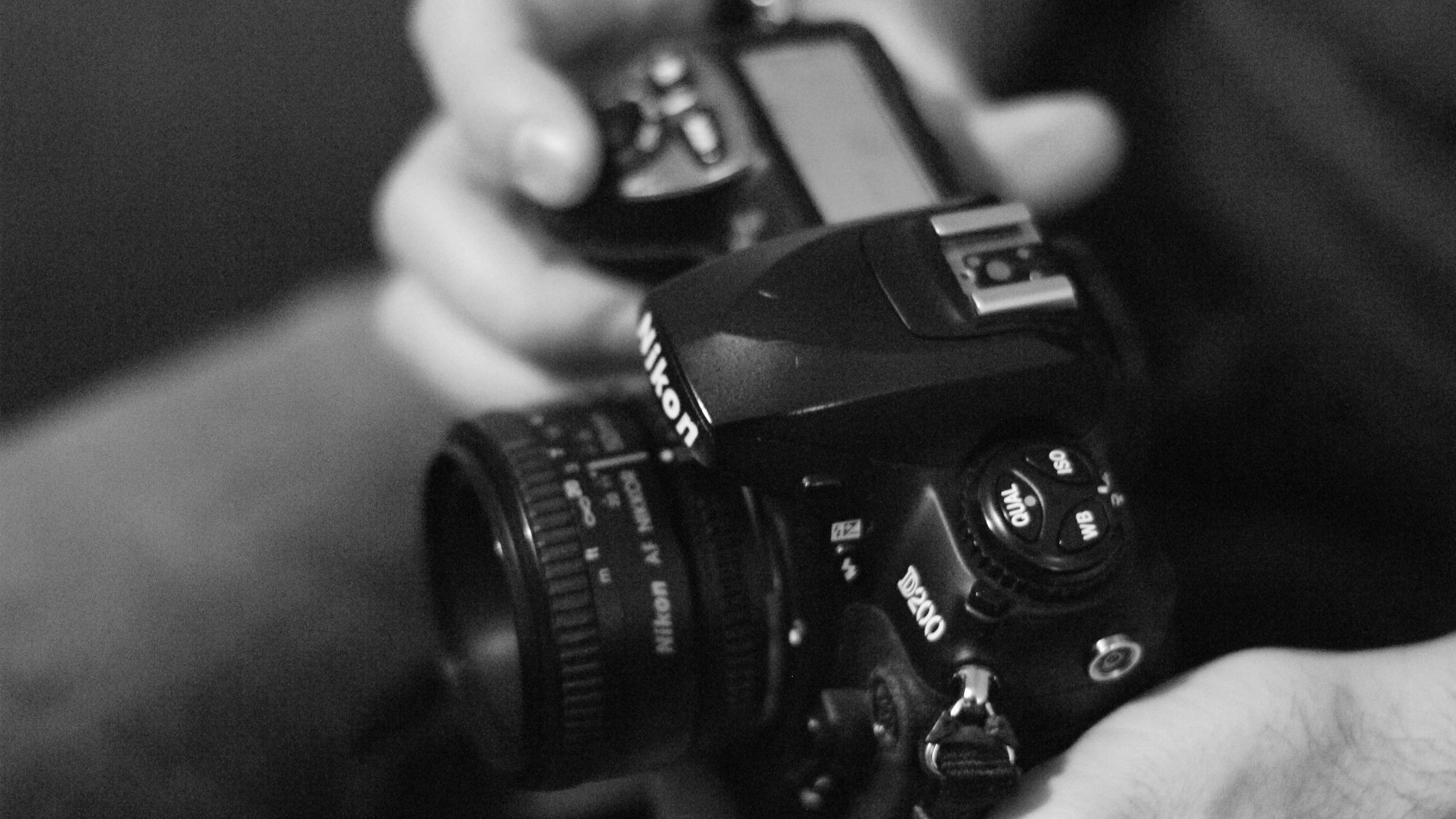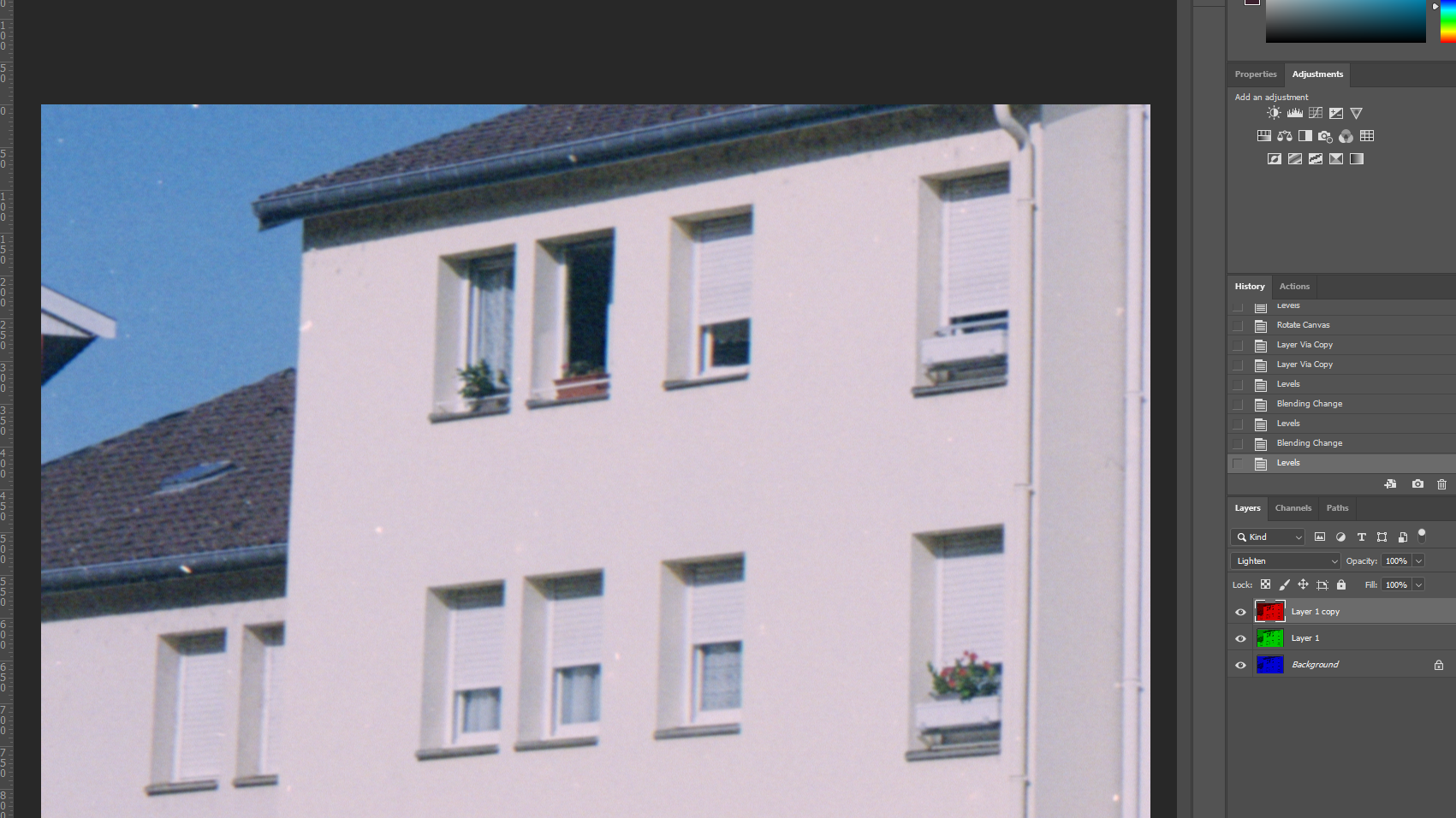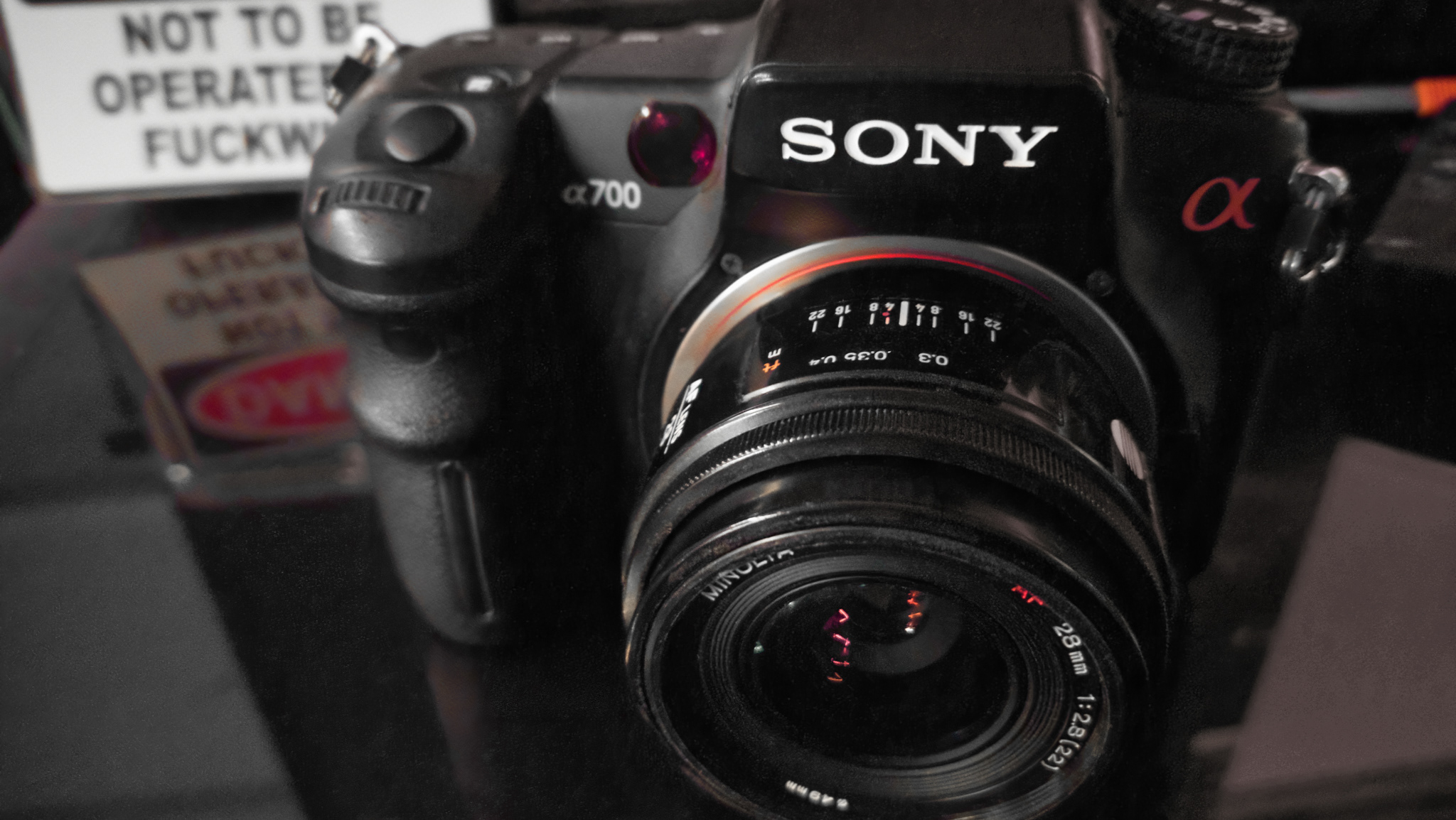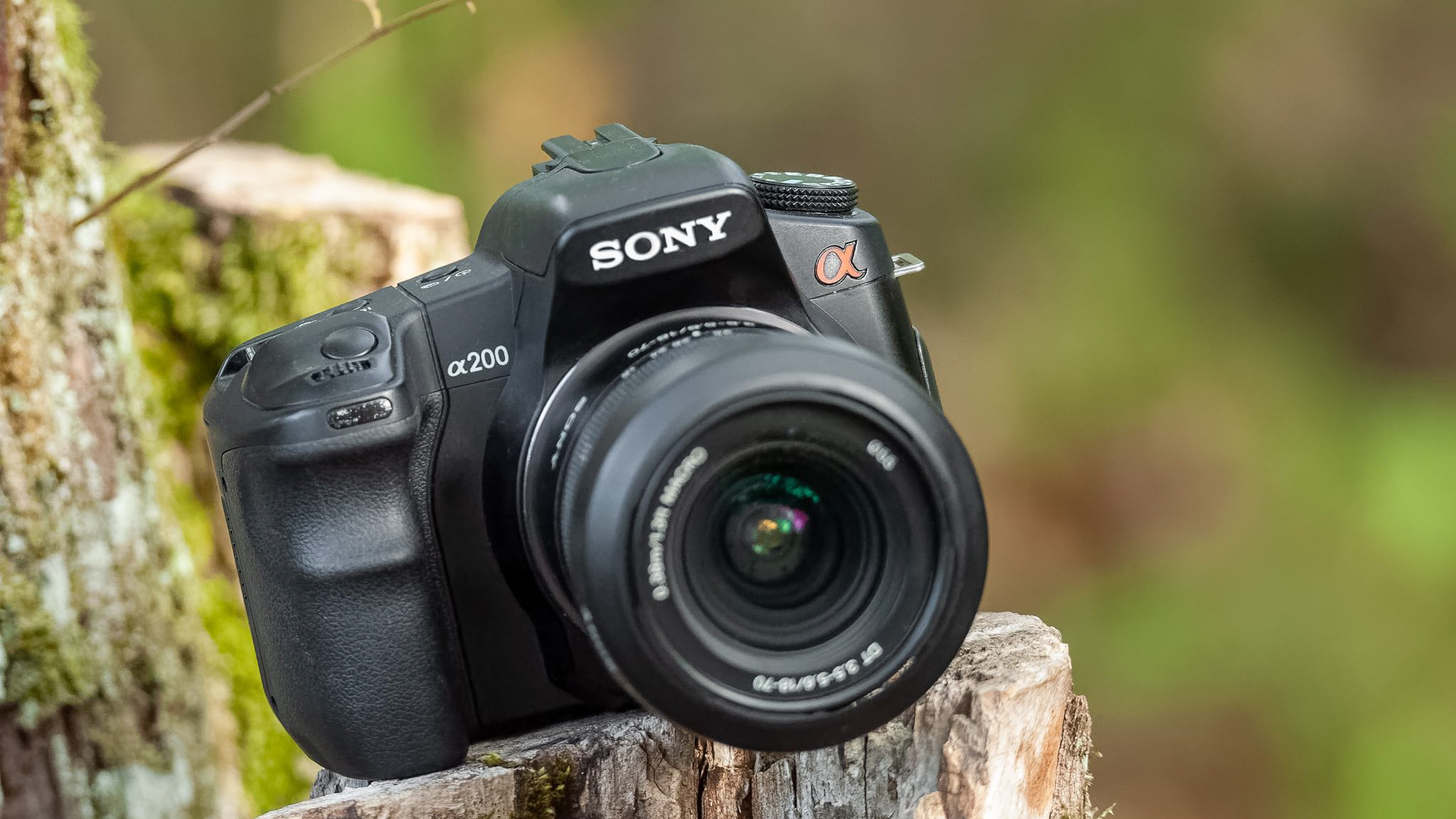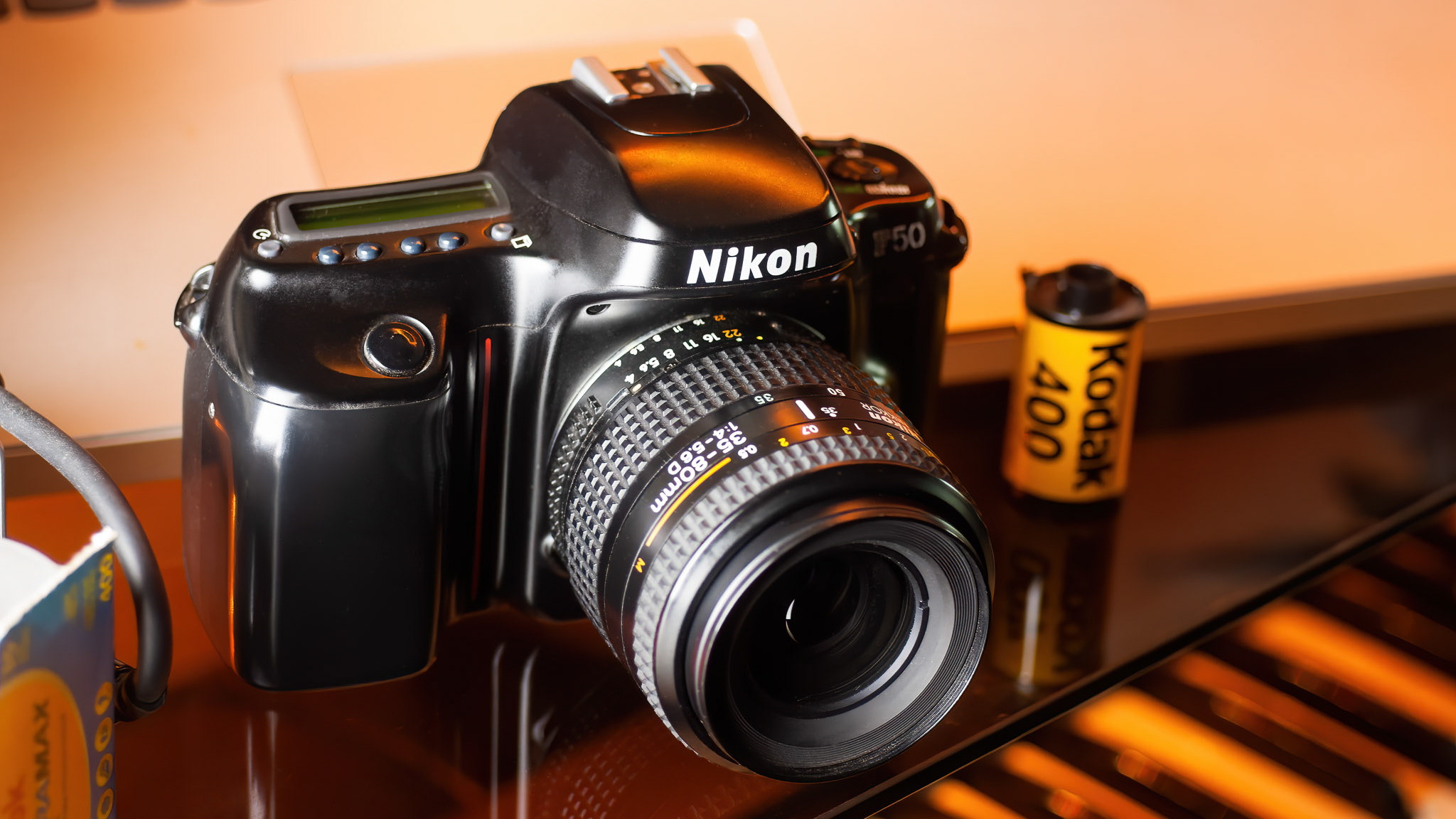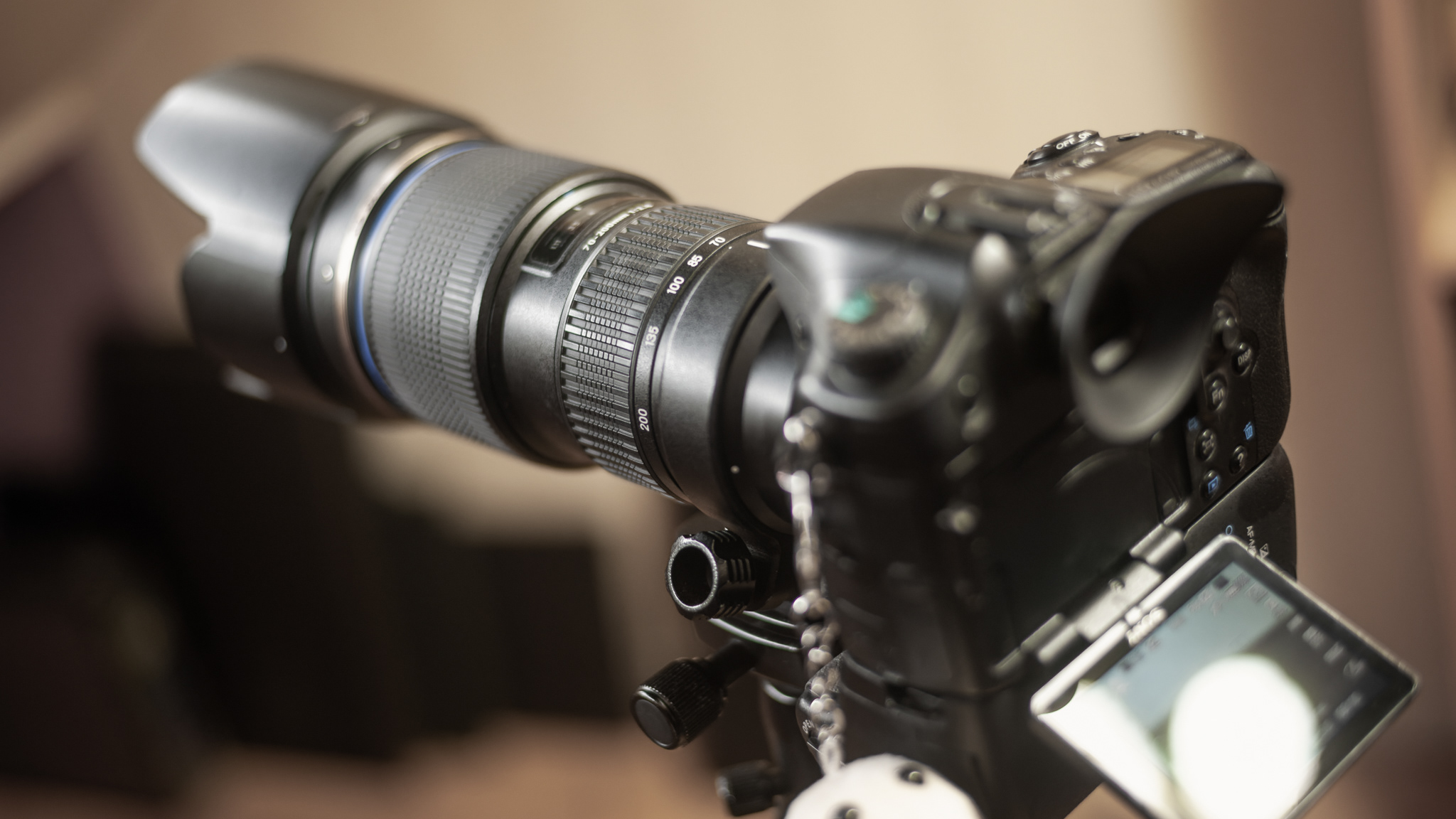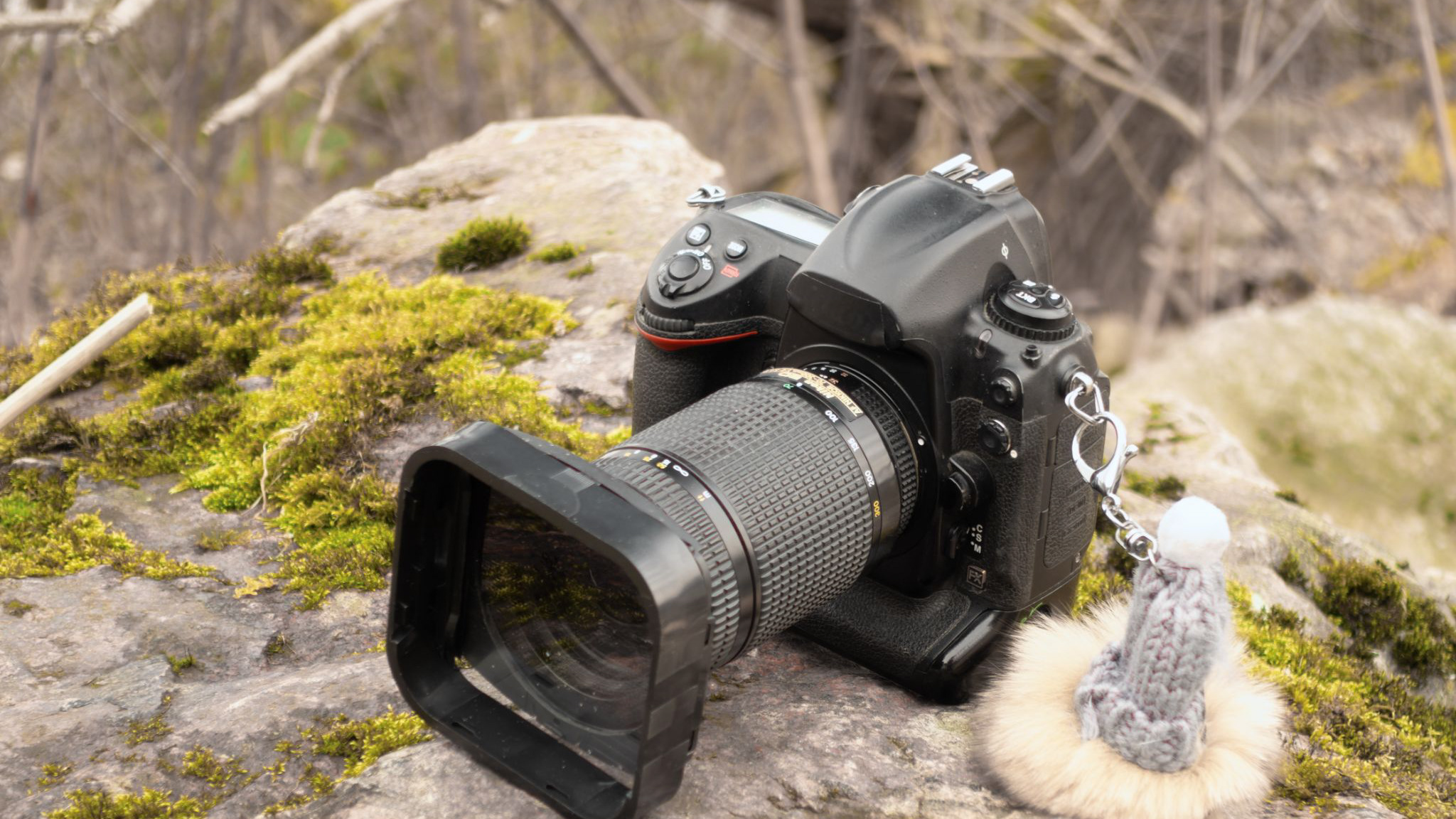Shooting with this camera is like coming back to the fundamentals of photography: framing and exposure.
You have to actually frame because cropping the quite small (regarding today's standards) 6MP in post is not much of an option unless you only post your work on social media.
The 7D makes framing really pleasant with its large and bright pentaprism viewfinder. Larger and brighter than my cameras from the same era with the exception of the Nikon D2Xs, and actually still larger and brighter than some recent entry level DSLRs.
You have to actually correctly expose because the dynamic range is only 11 F-stops (that was actually quite the norm on the average for crop sensor DSLRs until the Nikon D90 came out offering 12.5 F-stops of DR). The highlights can get burnt very easily and you won't be able to save them in post. For exposure, I never used matrix metering because I prefer to be in control: expose for the highlights, for the shadows, whatever pleases me. And it's a good thing, because the honeycomb matrix metering on the 7D is simply erratic at best. Spot metering is spot on, and center weighted very predictable. Some say the camera tends to underexpose sometimes. I never had that problem. The 7D makes exposure a real pleasure with two dials for the aperture and speed, one knob for exposure compensation: half of it for +3/-3 EV in half EV increments, and the other half for +2/-2 in third EV increments. That is damn practical.
Under the same knob is also a lever knob with flash compensation from +2 to -2 in half EV increments. The exposure knob is a no bullshit PASM plus 3 user memories.
Automatic white balance is quite perfect in natural light, but can be tricky in artificial life. With any other camera it could be a hassle to set this up in the menu options. On the 7D, there is a dedicated very accessible control lever and switch dedicated to white balance adjustments: automatic, programmed setups (daylight, shadow,etc), adjustment in Kelvins that goes from 2.500K to 9.900K in 1.000K increments, or the super easy and hassle free custom white balance mode with 3 user memories.
Talking of the menu brings the LCD screen. For the time, it was BIG: a whopping 2.5 inch that you could only find on pro Nikons (God I loved the D2X and still do), but with a slightly lower pixel density (207.000 vs 235.000 on the D2X).
Navigating the menu (that you will do only to format the CF card or setup the flash) is easy, but reviewing the pictures is just about checking vaguely if framing is OK and if a picture was taken in the first place (error 58, will detail that later ), because that LCD screen slightly lacks contrast and for some obscure engineering reason, you can't zoom in RAWs! (well you can if you shoot raw+jpeg).
I never even bothered trying the in camera JPEG engine.: the RAWs quality is actually great. The noise is better than it was on the cameras of the time: only the Canon EOS 20D, 1D mark II and IIn did better in that area at the time. I like the quality of that noise anyway, even up to the max 3200 ISOS. It is very organic, film-like. And DXO prime can take care of it if needed.
The colors are just great. I love CCD sensors. I know some say it's in my mind, and CCD sensors have nothing special, but I don't care. I love the colors coming out of my CCD cameras more than my CMOS cameras, and only wish for a 24MP full frame CCD DSLR... I actually spend more time in post working on the colors of the photos I take with a CMOS camera. There is something special with the rendering of those low megapixels CCD cameras. They are actually quite sharp, no lens will out resolve these sensors, the noise has a film quality, the colors are great and natural, it is really hard to explain. I just love it.
I don't really care about the megapixel unless I'm trying to shoot some super shy critter that even my 600mm won't reach: then I appreciate the cropping capabilities of modern sensors. But for anything else? Honestly having to work with the inherent limitations of these older DSLRs actually makes you a better photographer. Modern cameras made me quite lazy: framing? Oh well, I'll crop in post. Exposure? Oh well, I'll fix it in Lightroom.
6 megapixels allows for perfect 8x10 prints (or full page magazine prints), and 13x18 are not an issue if the photo subject allows it and the file is processed carefully (portraits do better than landscapes here, but you can easily stitch multiple shots in Lightroom...).
6 megapixels allows for full screen viewing on a 4K monitor or TV.
6 megapixels makes processing faster, takes much less room on your hard drive and backups faster on the cloud.
One big thing at the time was in body stabilisation. The 7D was the first DSLR offering that, and all your Minolta lenses becames magically stabilized. Of course, it is a world away from today's 5 axis hyper fast and accurate IBIS, but it definitely works and I can safely shoot up to 2 F-stop slower if needed (on the average). It works better with shorter focal length as you can expect.
It is worth noting that the flash sync is 1\/160sec when the IBIS is deactivated, and 1\/125sec when it is activated. That is good spec.
There are so much other little details that makes that camera great: a perfect, like the best ever, shutter lock up implementation, the pop up flash raising quite high with a GN of 12 covering 24mm, (did I mention the GREAT manual controls?), the great build quality of the magnesium body or the accurate but a little slow AF.
There are of course the small hassles: at the time slow CF card transfers was an issue: after a 9 image burst you had to wait up to 10 seconds for the buffer to flush on the CF card to take the next photo. With the very fast CF cards available today, the frame rate is the same: 9 images in 3 seconds,but it takes 4 seconds to flush the buffer to a 16GB Sandisk Ultra 50MB/s or 1.2 second to flush the buffer to a 32GB Sandisk Extreme Pro 160MB/s.
There is a rotation sensor in the camera, but orientation is not recorded in the photos. The "fi\" is easy: you have to do it manually with one button. Still, that sucks.
Despite ALL the direct controls, you have to go in the menu if you want to switch from fill-in flash to manual to second curtain, or switch from Minolta ADI to TTL (well, the lazy Minolta TTL implementation anyway).
There is no way to do back button focusing.
Last but not least, there is the super bad thing: the dreaded first black frame AKA error 58 that plagued a lot of 7D (mine is still OK). Sometimes, the first photo you took was just blank, and the fix was quite expensive. That is maybe one of the reasons this camera didn't really succeed. That, the insane launch price, and Konica Minolta slowly dying, not capable of keeping up the fight against Nikon and Canon. Well, it is quite funny that the Minolta legacy in the hands of Sony is now doing the same to Canon and Nikon.
15 years after its launch, the Maxxum\/Dynax 7D is still a very user friendly, capable and attractive camera, with a lot of good Minolta glass that you can also use on an A-mount Sony camera. I just love it.



